ENG:
Zalipie - is a village in Poland located in Malopolska province, Dabrowa district, where the custom of painting houses, farm buildings, dog kennels, wells, fences in floral patterns has been cultivated and developed for generations. The interiors of houses, walls, furniture, ceilings, decorations, pots, plates are also beautifully decorated.
This decoration was created at the end of the 18th century and was connected with the disappearance of smoky houses. Women painted the soiled walls with lime to beautify and brighten up the interiors of their homes. The main theme of the paintings are flowers. Bouquets set in baskets or jugs, flowers "thrown" irregularly, wreaths or garlands painted especially under paintings, small stencils. The patterns are painted with brushes of their own choice, using water-based paints or those mixed with milk or chicken protein.
The homestead was built by Felicja Curylowa and her husband in the 1930s. Felicia was an outstanding painter, born on 01.10.1903 in Zalipie. She came from a family with traditions of craftsmanship and art. Her father was a carpenter and her mother was a Zalipie painter. From an early age she manifested artistic talents. At the age of 10, she decorated the ceiling of the hallway of the house where she lived with her parents with a floral motif. In the 1920s she married Ludwik Curyło. Together with her husband, she ran a farm, but devoted herself with adoration to the art of painting floral motifs, which was then developing in the Powisle of Dąbrowa. Being aware of the value of Zalipian art, she was the first to go outside the house with this decoration in the 1950s. At first the paintings were done only in the interiors of houses A it was Felicia Cyril who wanted to boast of these motifs and decided to decorate the exterior walls of the house and farm buildings. Surrounding painters followed in her footsteps and in this way farm buildings and houses in zalipie acquired colors. Felicia Cyrilova had the ability to rally the authorities and in this way she won a lot of good for her village of zalipie. In 1952, thanks to the artist, Zalipie was identified and gained paved roads. On her initiative, a community center was built in zalipie, the painters' house opened after the painter's death in 1978. Along with other painters, she made paintings for the Krakow Land Museum in Krakow. Zalipian paintings also decorated the pavilion at the exhibition of the tenth anniversary of the People's Republic of Poland in Lublin, as well as venues in Warsaw's Old Town. The painters were also invited to paint the playroom on the ship Batory. She was rewarded for her work in 1952 with a silver cross of merit. And in 1970 with a gold cross of merit for creative work. Already during the artist's lifetime, her house was visited in large numbers by tourists from home and abroad. Therefore, after her death, the house was purchased by Cepelia and transferred to the district museum in Tarnow and since 1978 it has been a branch of the Ethnographic Museum in Tarnow.
//:# (!pinmapple 50.23524 lat 20.84910 long d3scr)
PL:
Zalipie - jest to wieś w Polsce położona w województwie małopolskim, w powiecie dąbrowskim, w której od pokoleń pielęgnuje się i rozwija zwyczaj malowania domów, budynków gospodarczych, psich bud, studni, płotów we wzory kwiatowe. Pięknie zdobione są również wnętrza domów, ściany, meble, sufity, dekoracje, garnki i talerze.
Zdobnictwo to powstało na końcu XVIII wieku i związane było z zanikiem dymnych domów. Kobiety malowały wapnem ubrudzone ściany, aby upiększyć i rozjaśnić wnętrza swoich domów. Głównym tematem malunków są kwiaty. Bukiety osadzone w koszach lub dzbanach, kwiaty „rzucane” nieregularnie, wieńce lub girlandy malowane zwłaszcza pod obrazami, drobne szlaczki. Wzory maluje się pędzlami własnego wyboru, stosuje się farby wodne lub rozrabiane z mlekiem czy białkiem kurzym.
Zagrodę wybudowali Felicja Curyłowa z mężem w latach 30 XX w. Felicja była wybitną malarką, urodziła się 01.10.1903 roku w Zalipiu. Pochodziła z rodziny o tradycjach rzemieślniczo-artystycznych. Jej ojciec był cieślą a matka malarką zalipiańską. Od najmłodszych lat przejawiała uzdolnienia plastyczne. Mając 10 lat, ozdobiła motywem kwiatowym sufit w sieni domu, w którym mieszkała wraz z rodzicami. W latach 20stych XX wieku wyszła za mąż za Ludwika Curyło. Razem z mężem prowadziła gospodarstwo, ale z uwielbieniem oddawała się sztuce malowania motywów kwiatowych, która rozwijała się wówczas na Powiślu Dąbrowskim. Mając świadomość wartości sztuki zalipiańskiej to ona jako pierwsza w latach 50 XX wieku wyszła z tym zdobnictwem na zewnątrz domu. Początkowo malatury były wykonywane tylko we wnętrzach domów A to Felicja cyryłowa chciała się tymi motywami chwalić i postanowiła ozdobić ściany zewnętrzne domu i budynków gospodarczych. Okoliczne malarki poszły jej śladem i tym sposobem budynki gospodarcze i domy w zalipiu nabierały barw. Felicja cyryłowa posiadała umiejętność zjednywania władz i tym sposobem wywalczyła wiele dobrego dla swojej wsi zalipia. W 1952 roku dzięki artystce Zalipie zostało zidentyfikowane i zyskało utwardzone drogi. Z jej inicjatywy został wybudowany w zalipiu dom kultury dom malarek otwarty po śmierci malarki w 1978 roku. Wraz z innymi malarkami wykonywała malatury w muzeum ziemi krakowskiej w Krakowie. Zalipiańskimi malaturami ozdobiły również pawilon na wystawie dziesięciolecia PRL w Lublinie oraz w Warszawie lokale na starym mieście. Malarki zostały zaproszone również do pomalowania sali bawialnej na statku Batory. Za swoją działalność w 1952 roku została wynagrodzona srebrnym krzyżem zasługi. A w 1970 roku złotym krzyżem zasługi za pracę twórcze. Już za życia artystki jej dom był licznie odwiedzany przez turystów z kraju i zagranicy. Dlatego po jej śmierci dom zakupiła Cepelia i przekazała do muzeum okręgowego w Tarnowie i od 1978 roku jest to oddział Muzeum Etnograficznego w Tarnowie.
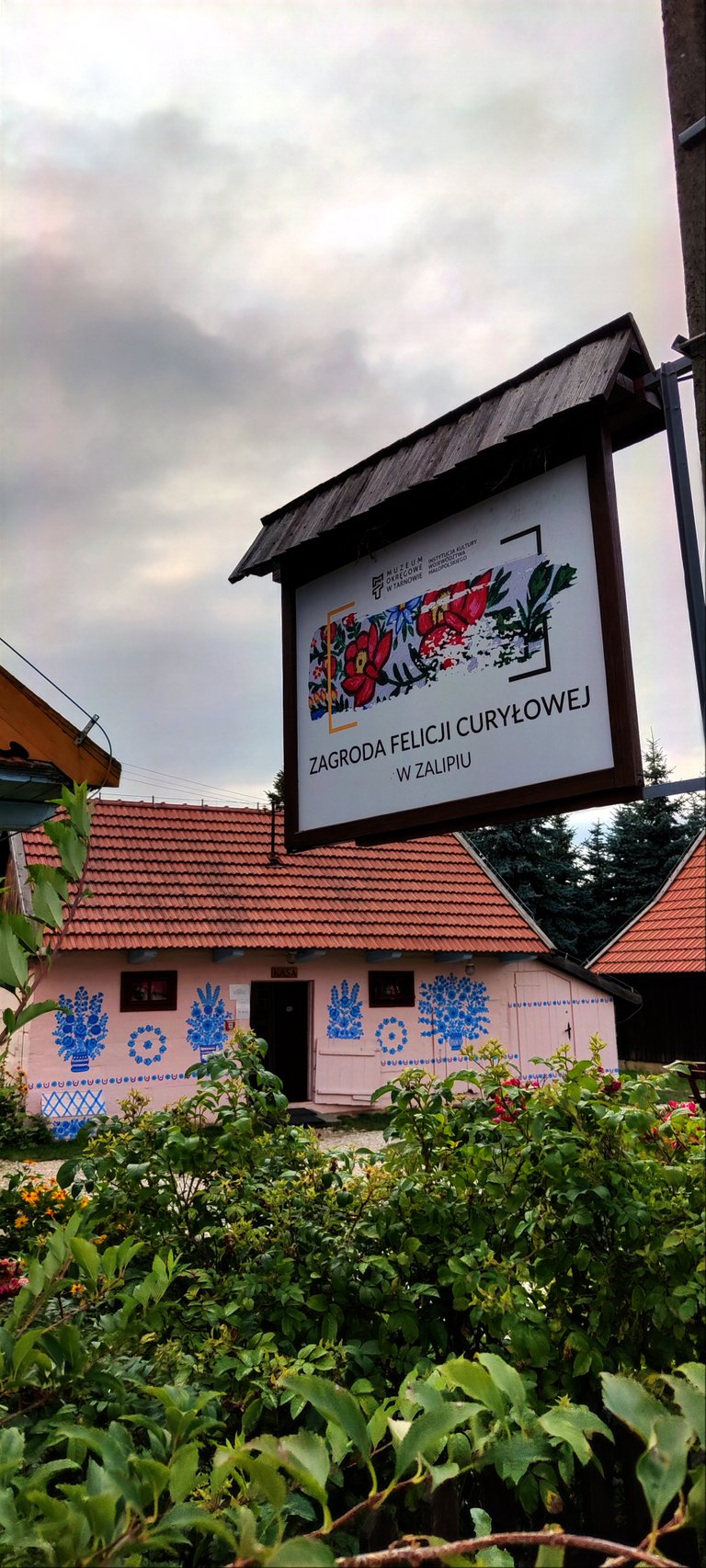

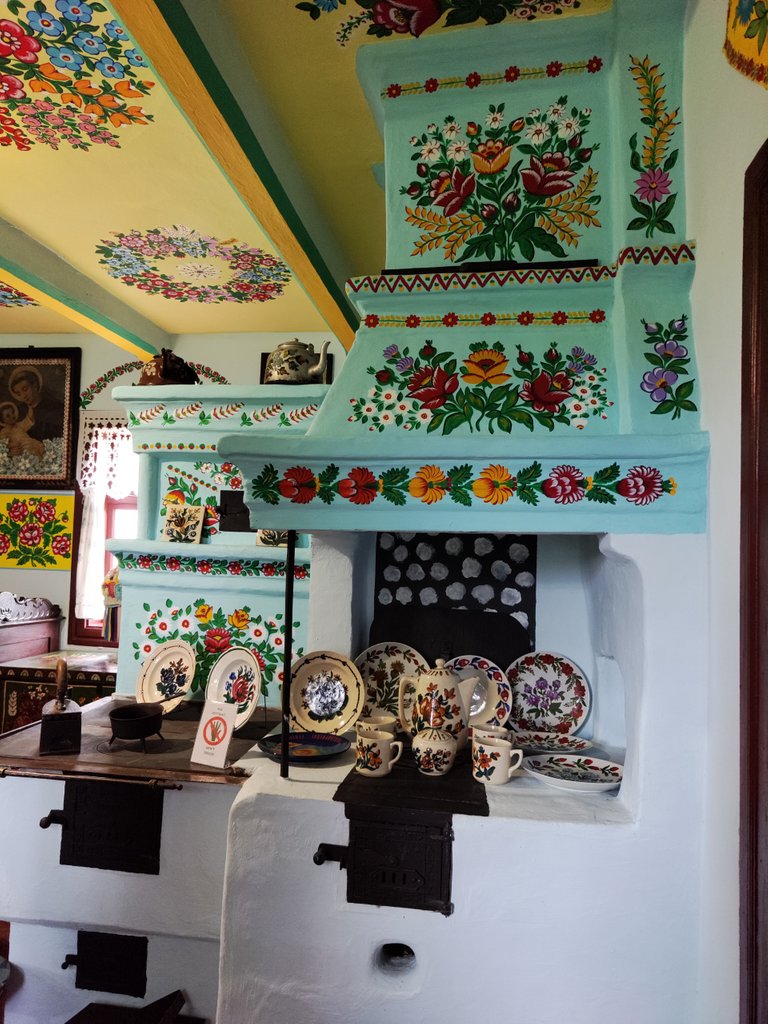



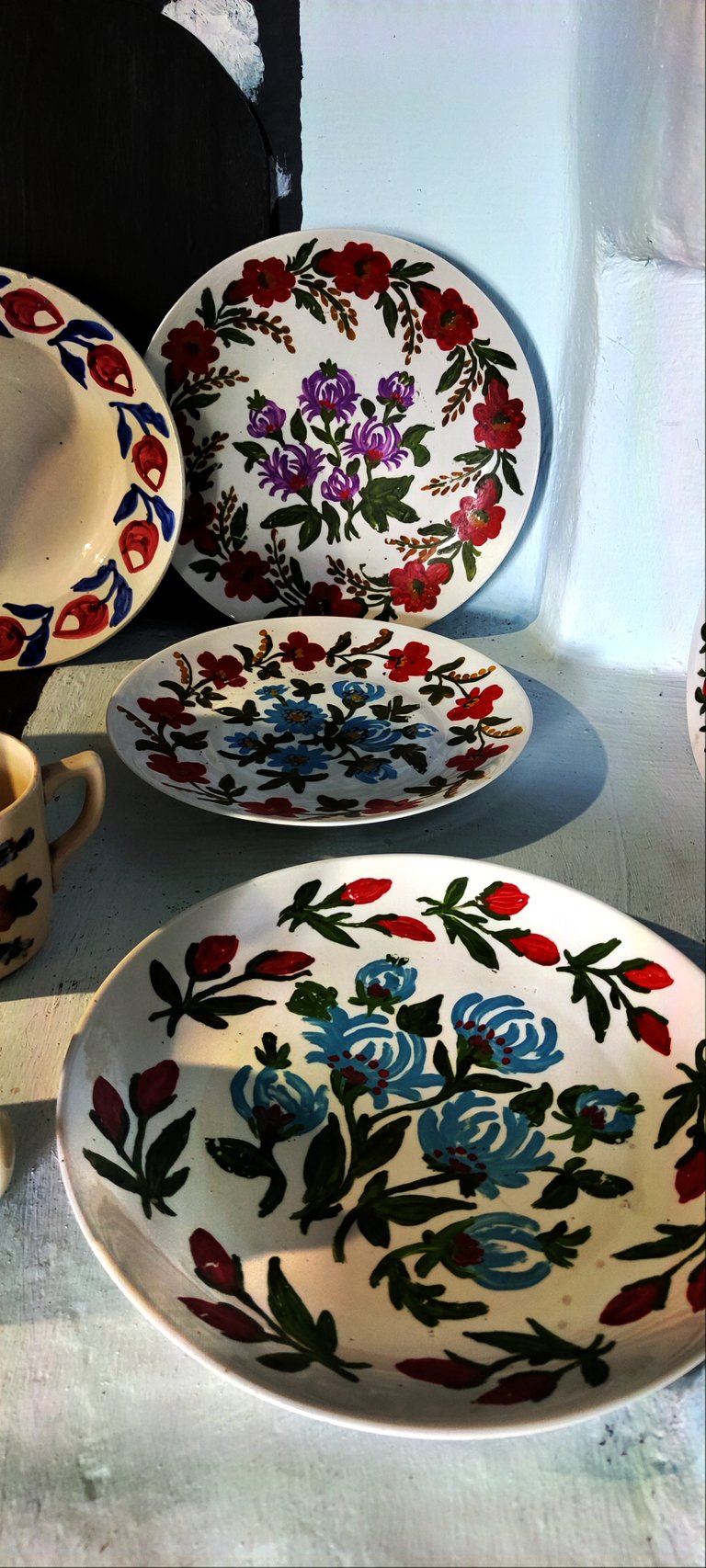

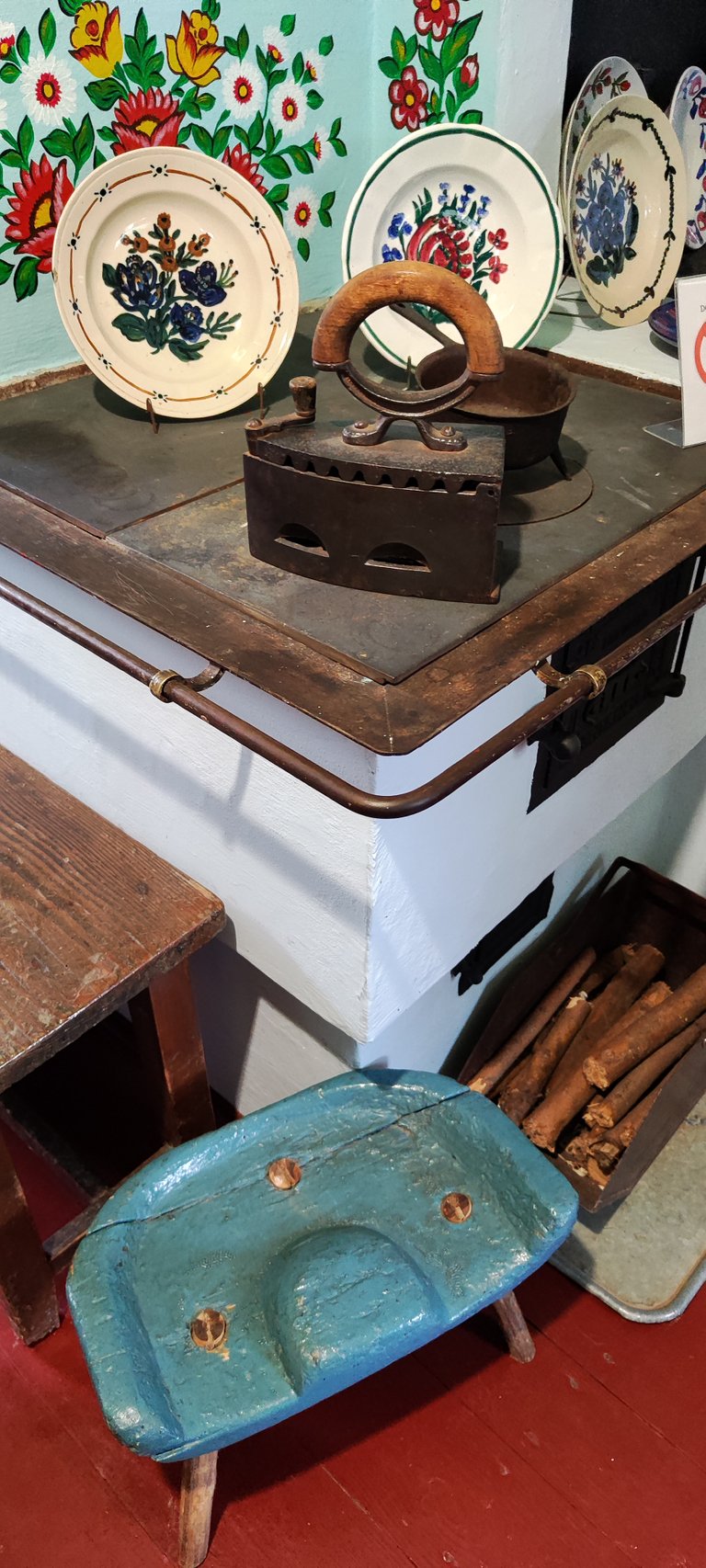
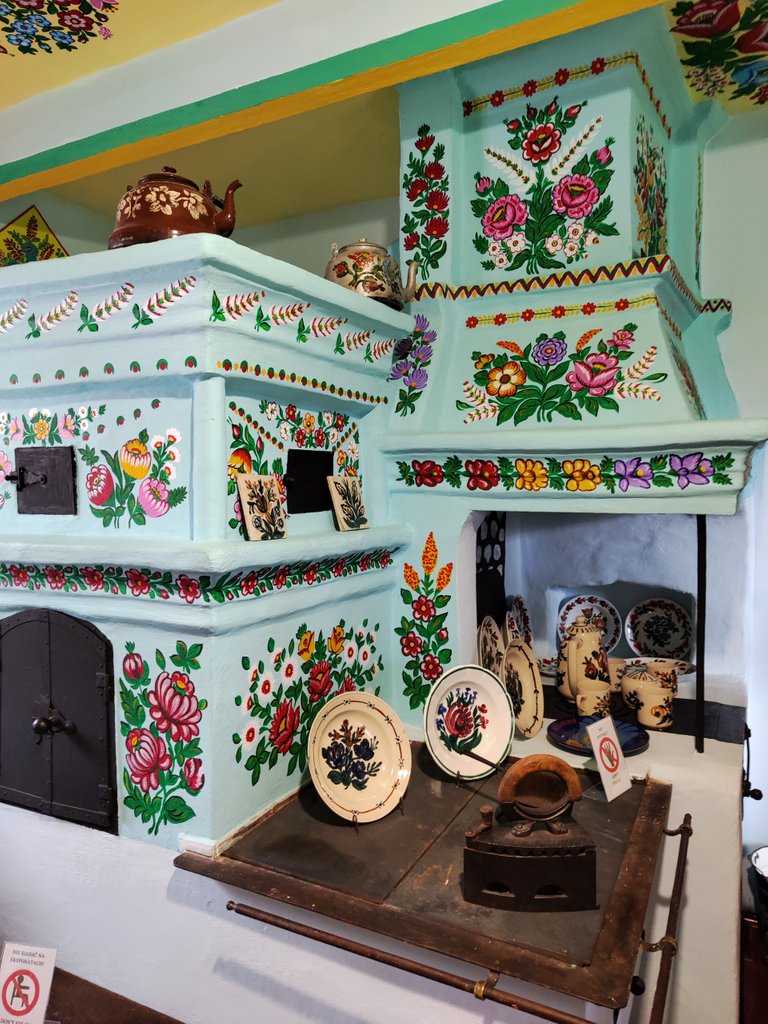

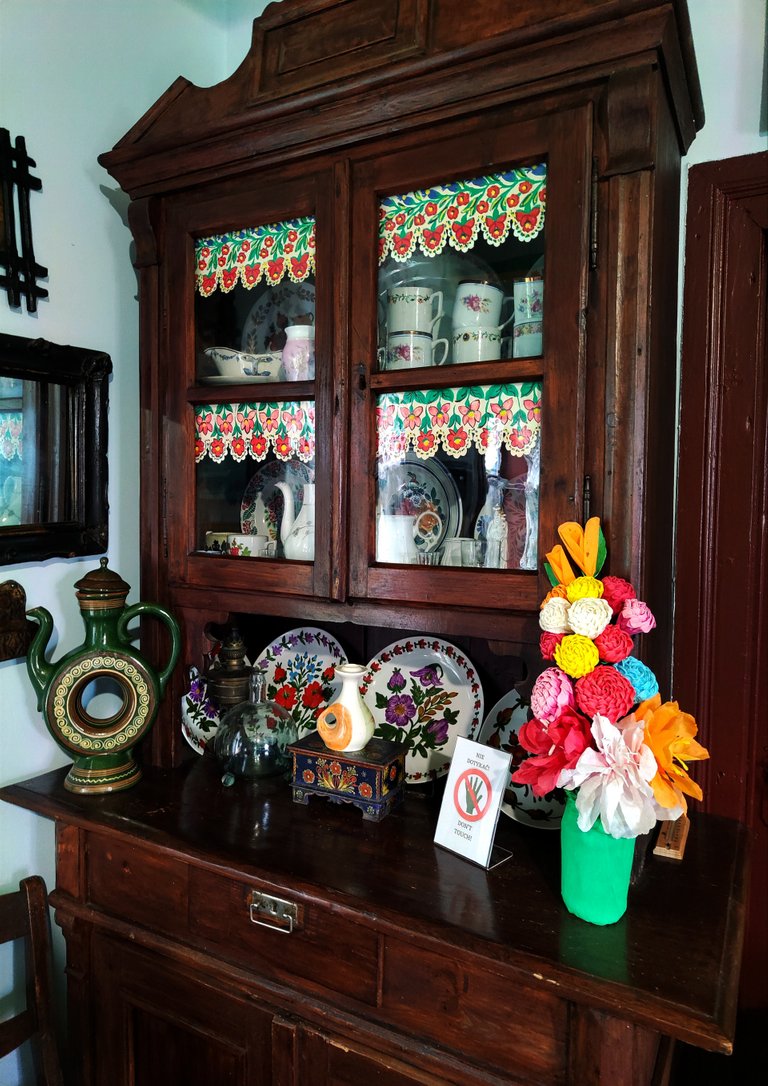
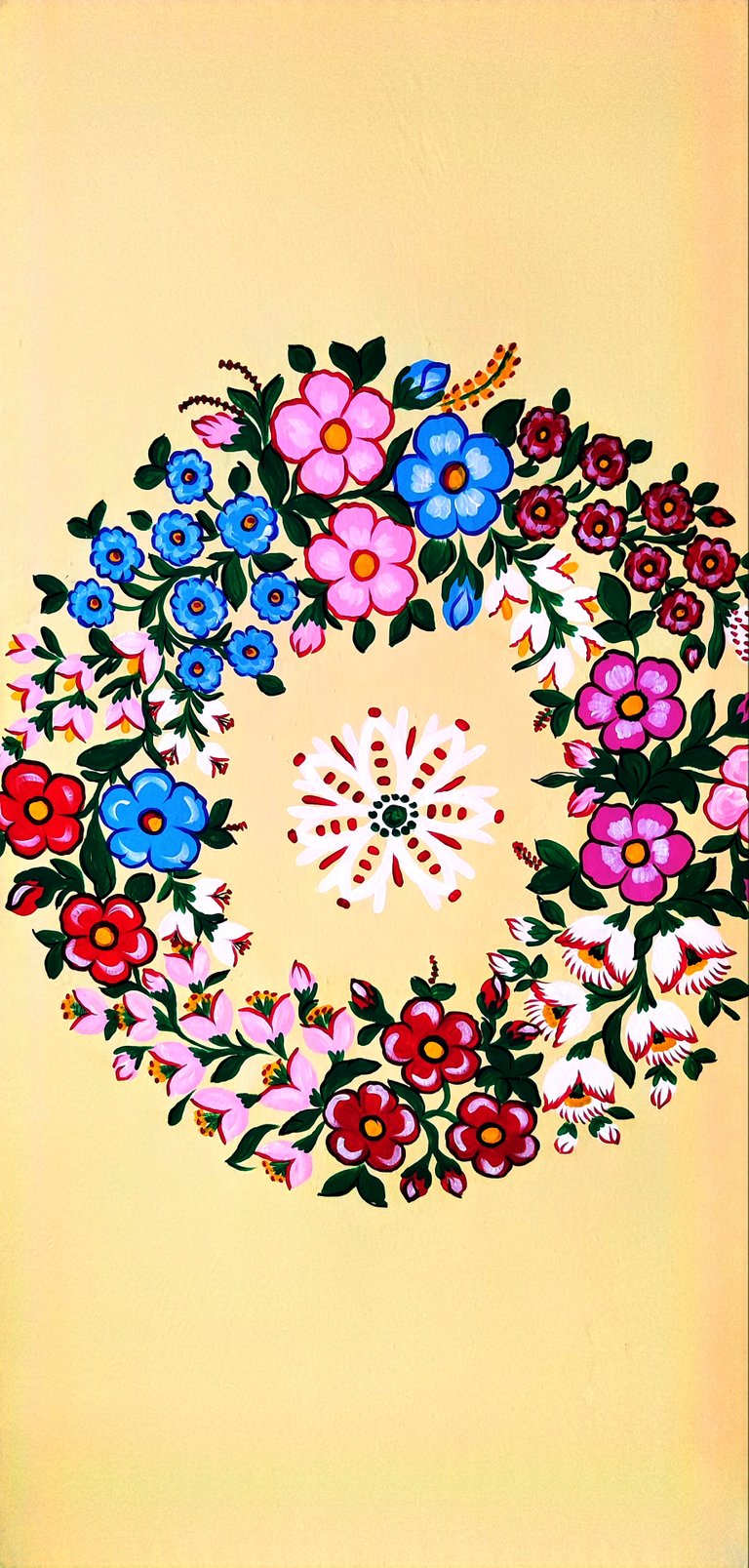
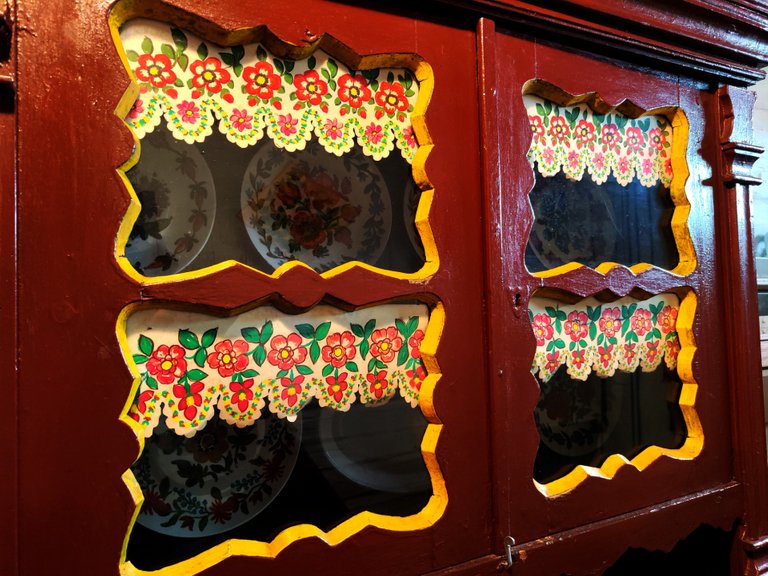
ENG:
There are two chambers (rooms) in the house where Felicia Curylowa, one of the most prominent Zalipian painters, lived. The central point of the house is the black chamber, in it there is a stove, which was used not only for cooking but also for heating the entire house. It was in the black chamber that all the life of the household members took place, it was the kitchen bedroom and dining room. On the stove are faience wares decorated with flowers by Felicia, who hunted using the under-glaze method, which were made in Wloclawek. Beneath the window on the chest in the garland stands the wedding rod, a symbol of the transition of the Virgin into the married state dot in the corner behind the bed you can notice the original Easter palm made by the housewives. In the windows are hung curtains made of paper in the form of cut-outs. 4 years after the artist's death, her farm became a branch of the museum and nothing has been changed in the house over the years.
The second room is the white room, which was a guest room. It was here that important guests visiting the hosts, for example, a priest, were received.
Furniture, utensils, tools, souvenirs are original.
PL:
W domu, w którym mieszkała Felicja Curyłowa jedna z najwybitniejszych malarek zalipiańskich, znajdują się dwie izby (pokoje). Centralnym punktem domu jest izba czarna, w niej znajduje się piec, który służył nie tylko do gotowania ale i do ogrzewania całego domu. To w czarnej izbie toczyło się całe życie domowników, była to kuchnia sypialnia i jadalnia. Na piecu znajdują się wyroby fajansowe ozdobione kwiatami przez Felicję, który łowom metodą podszkliwną, które wykonane zostały we Włocławku. Pod oknem na skrzyni w wiannej stoi rózga weselna, symbol przejścia Panny w stan zamężny kropka w rogu za łóżkiem zauważyć można oryginalną palmę wielkanocną wykonaną przez gospodynie. W oknach zawieszone są zazdrostki firanki wykonane z papieru w formie wycinanki. 4 lata po śmierci artystki jej gospodarstwo zostało oddziałem muzealnym i na przestrzeni lat w domu nic nie zostało zmienione.
Drugim pomieszczeniem jest izba biała, która była pokojem gościnnym. To tutaj przyjmowani byli ważni goście odwiedzający gospodarzy na przykład ksiądz.
Meble, naczynia, narzędzia, pamiątki są oryginalne.
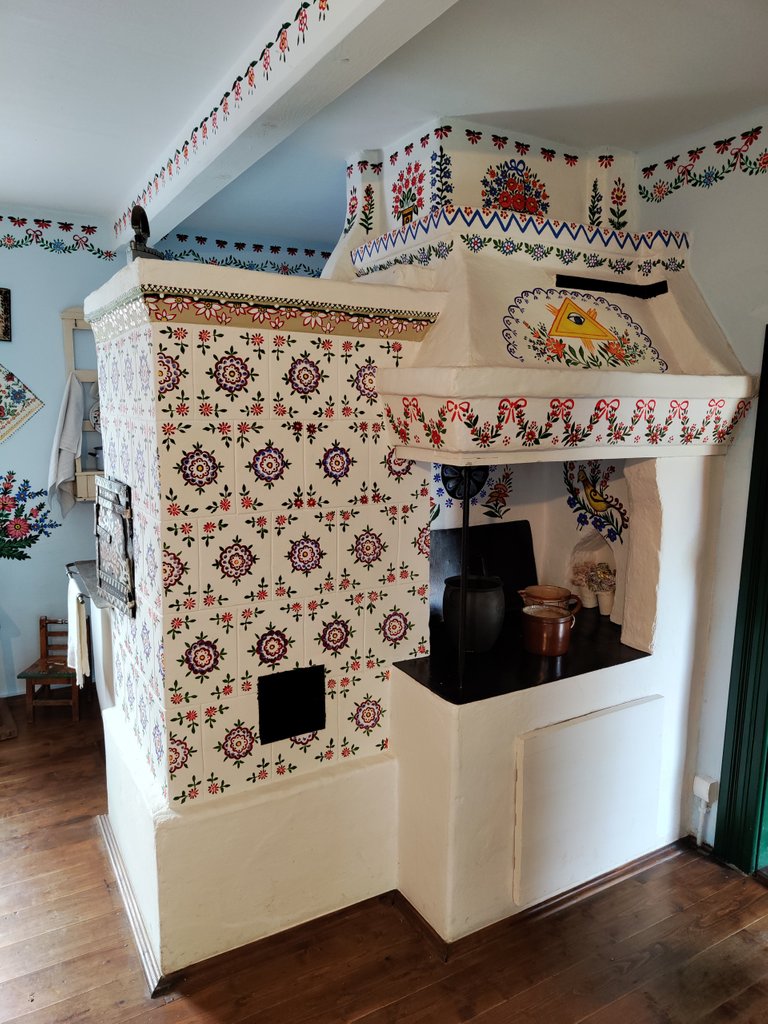
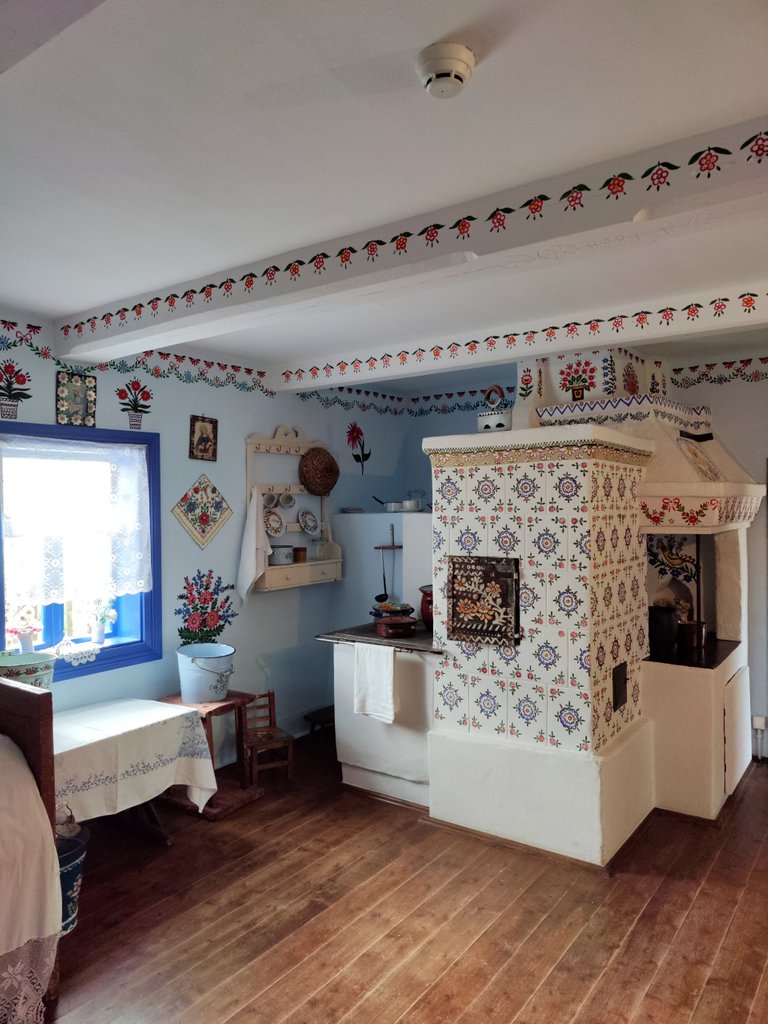


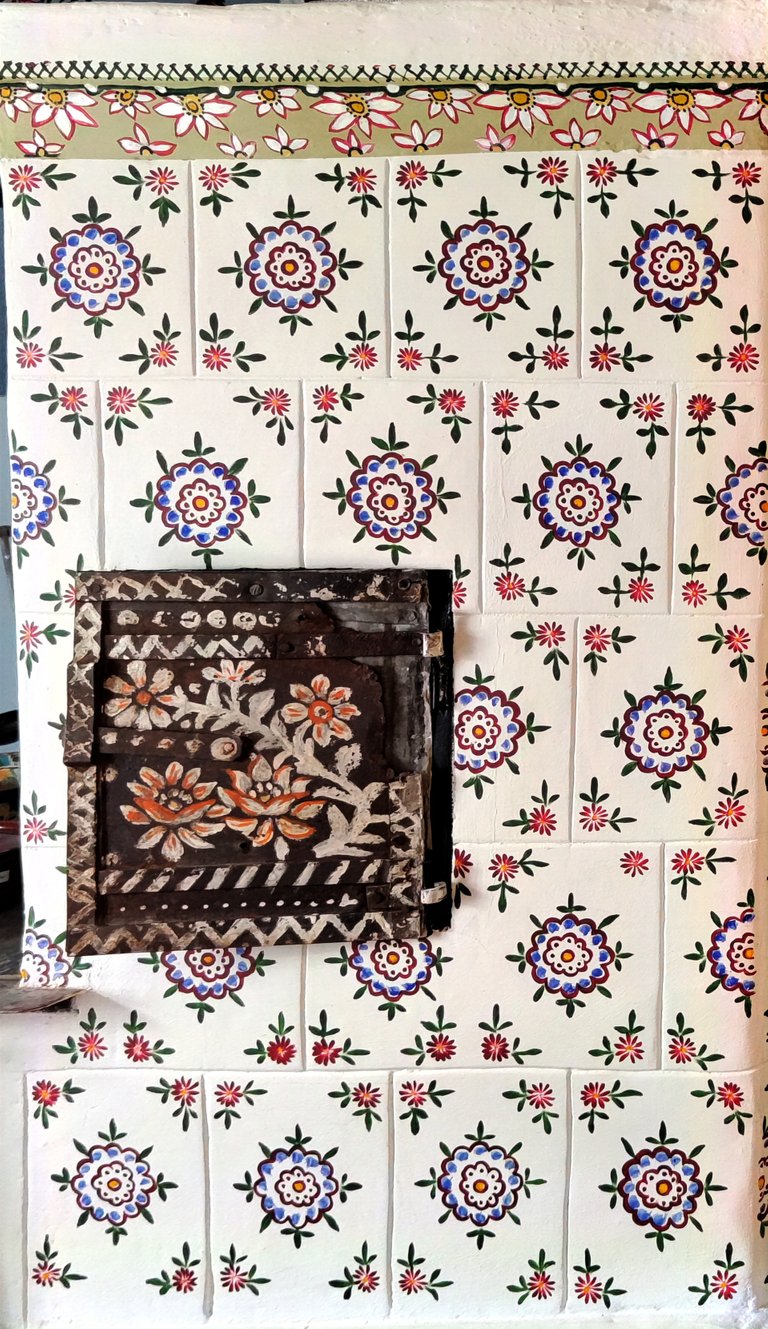
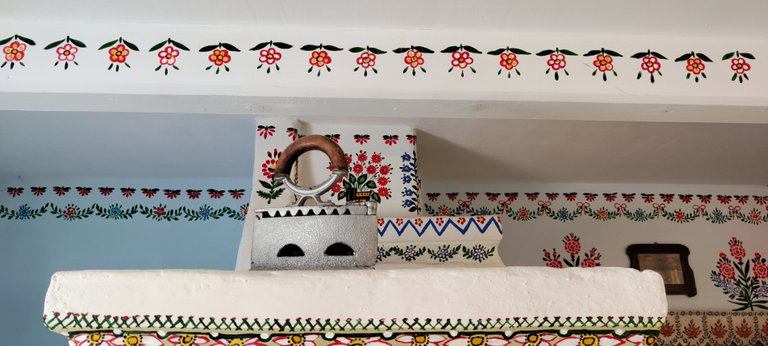

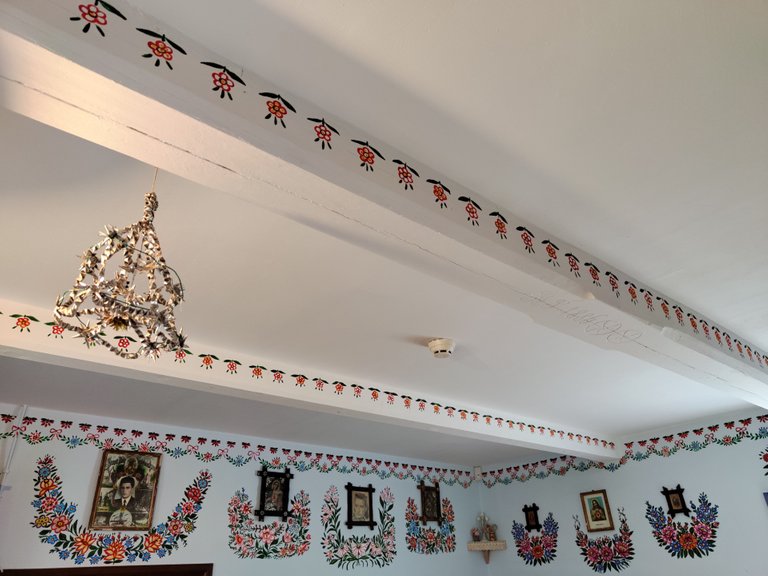
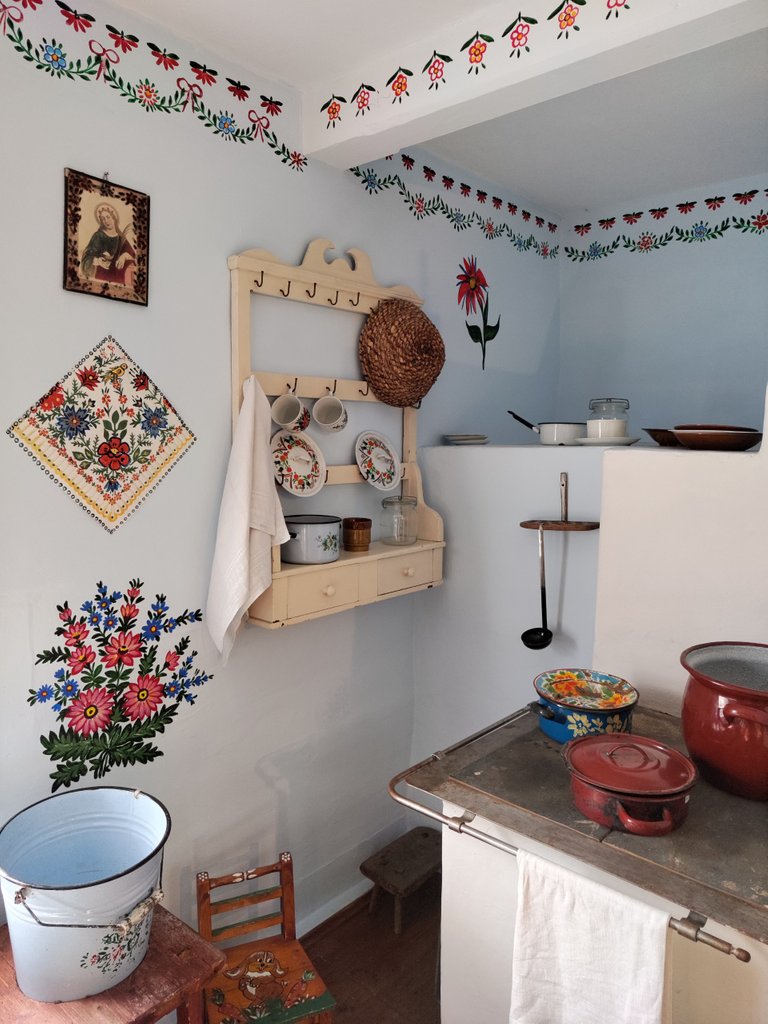
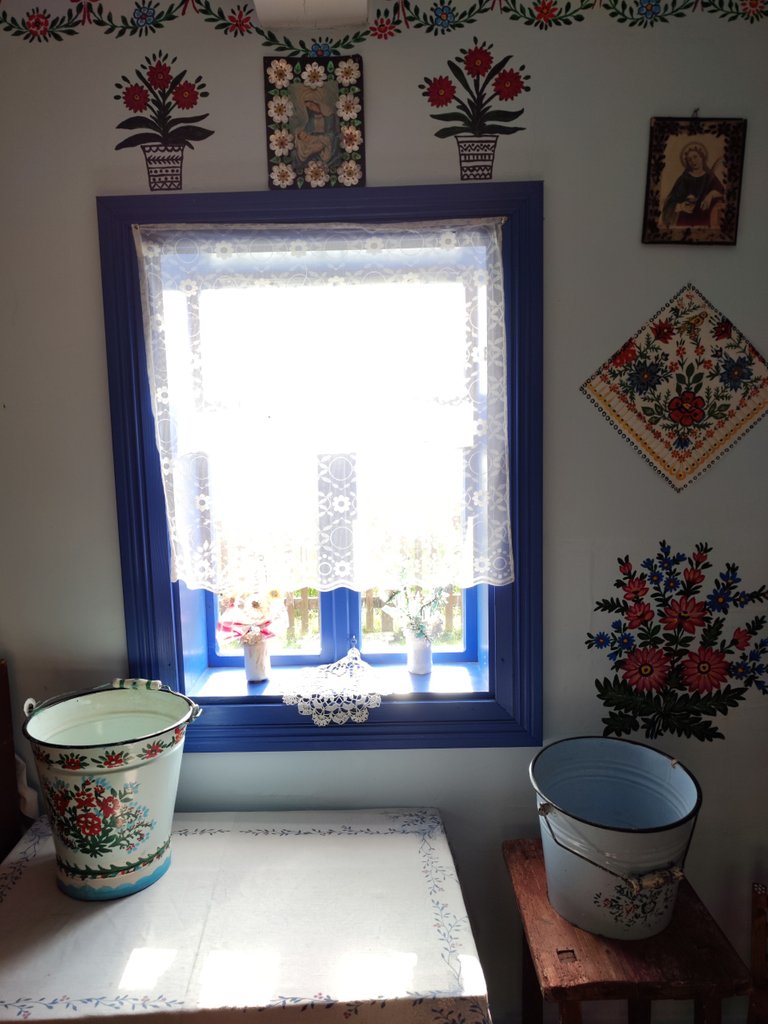
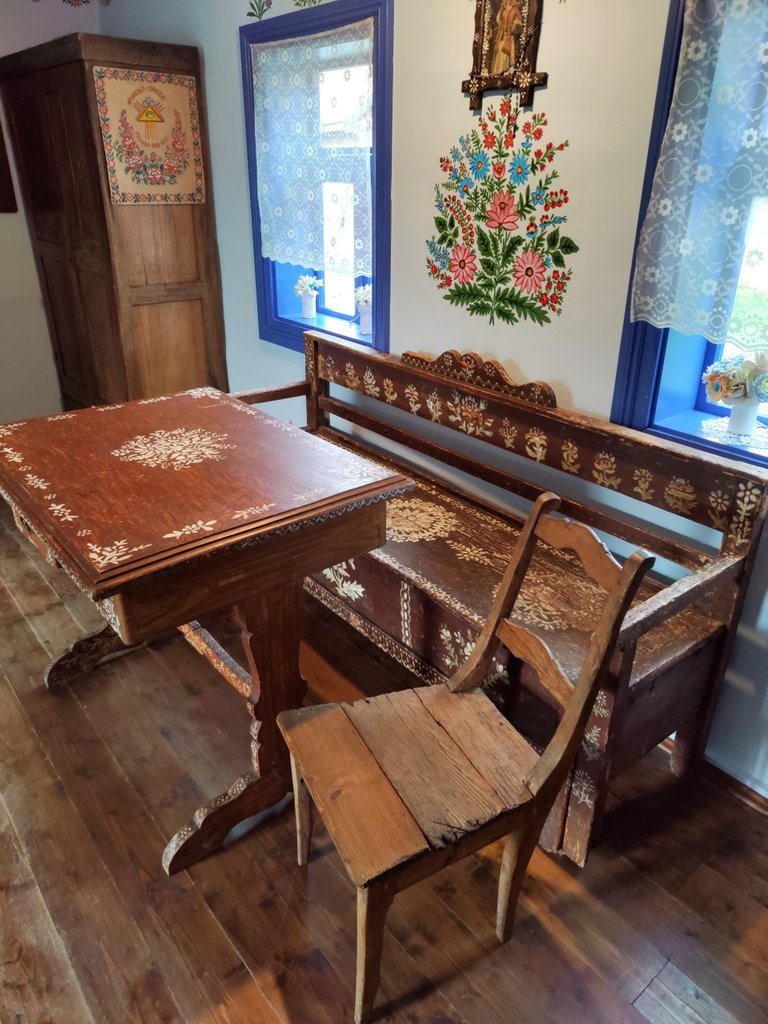
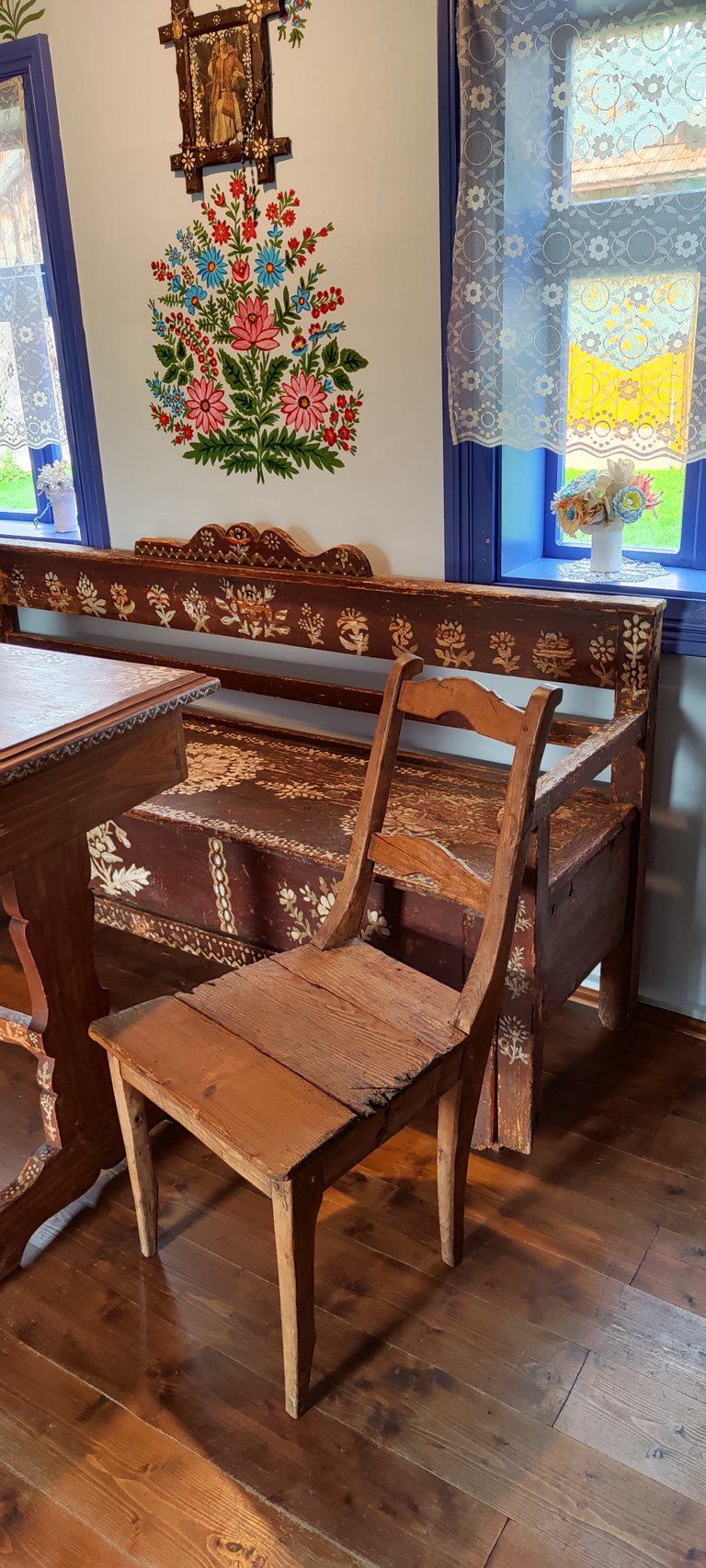

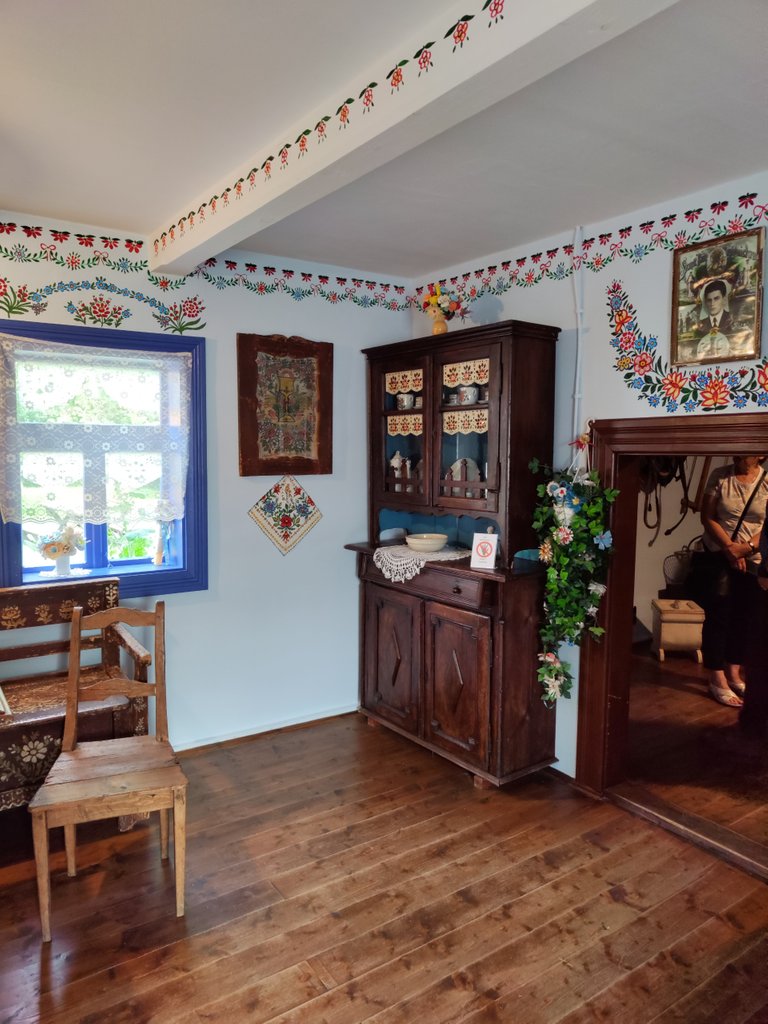
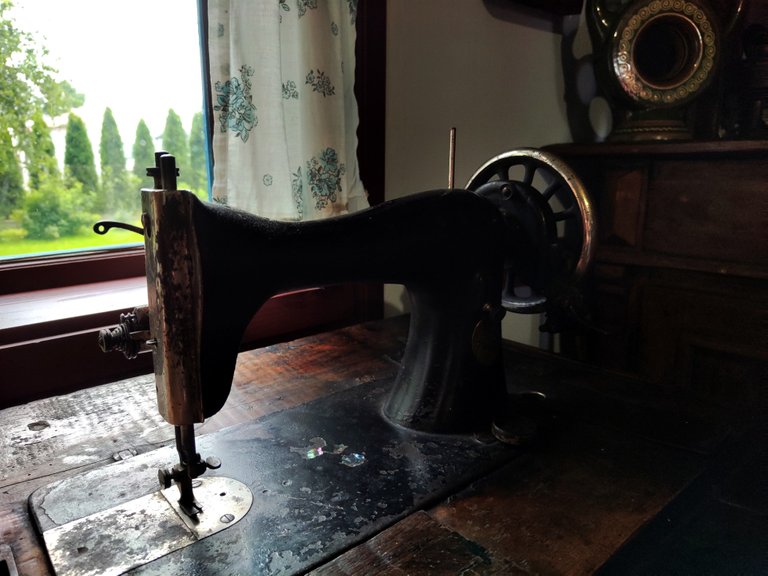
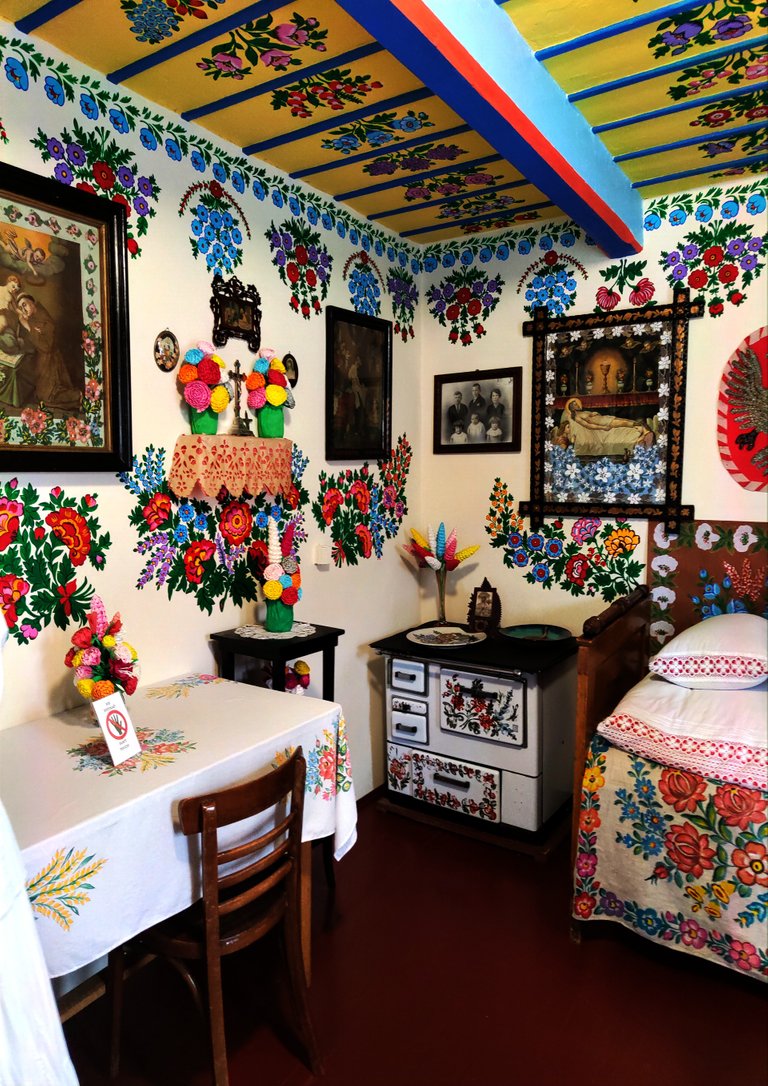

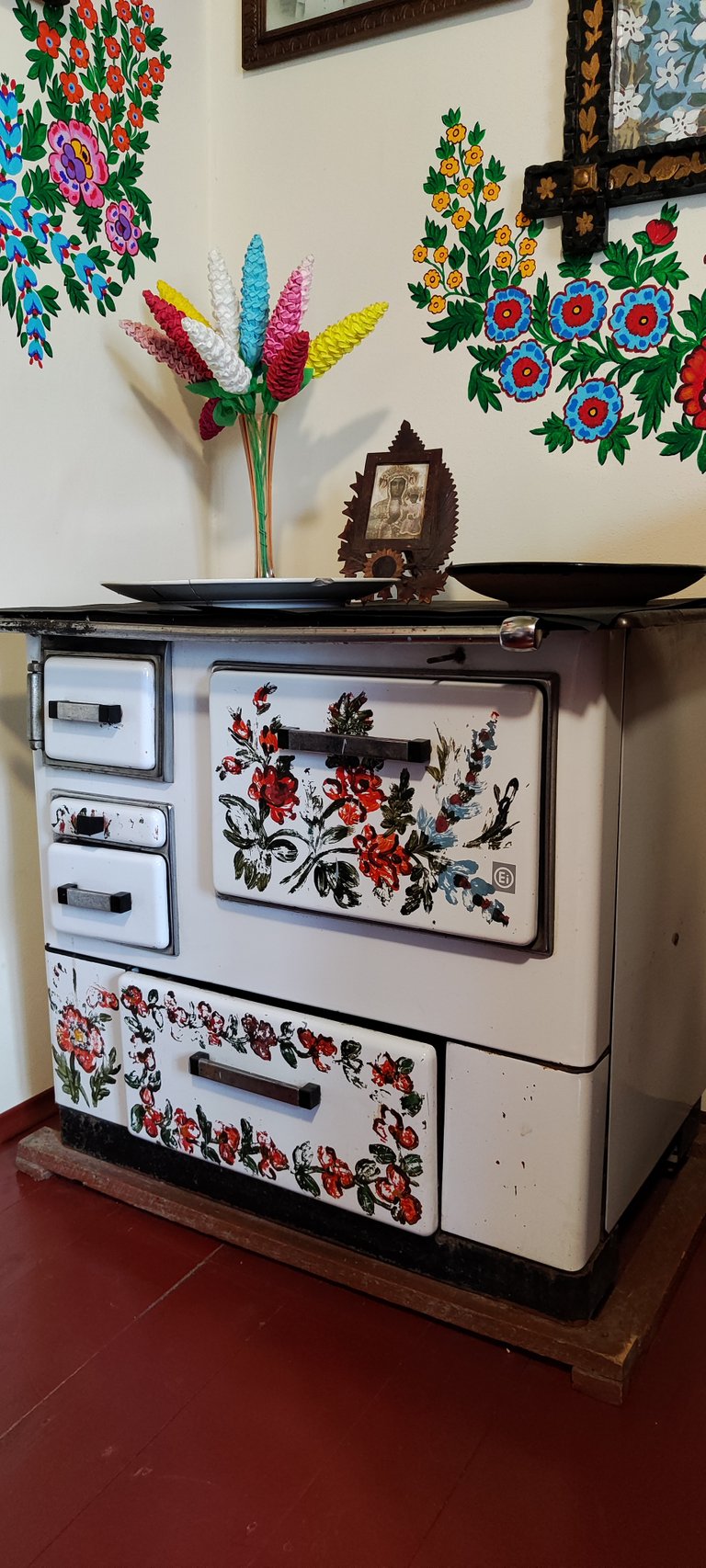
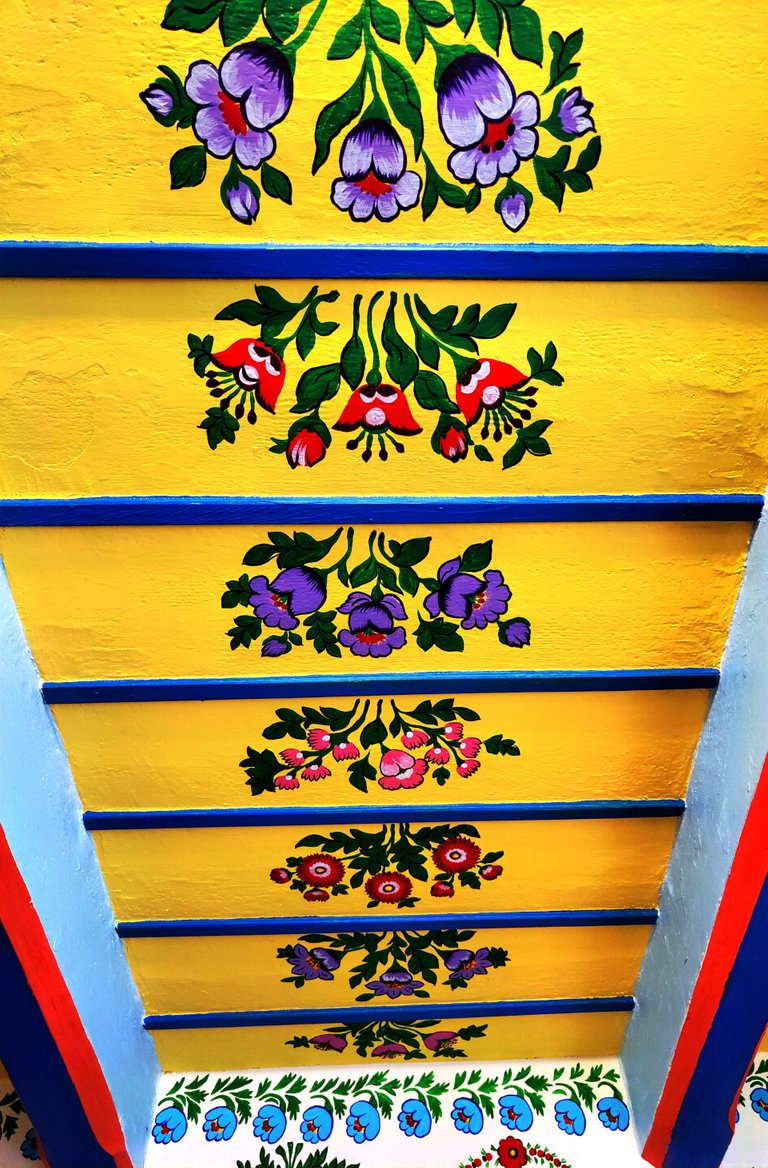
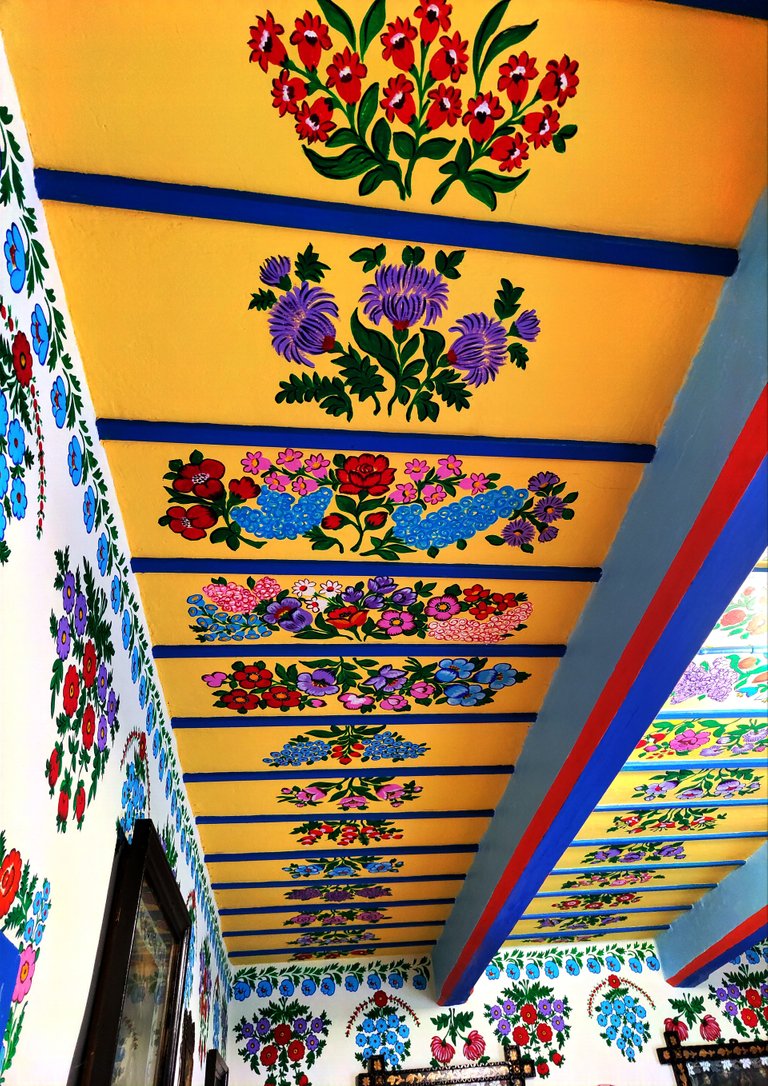


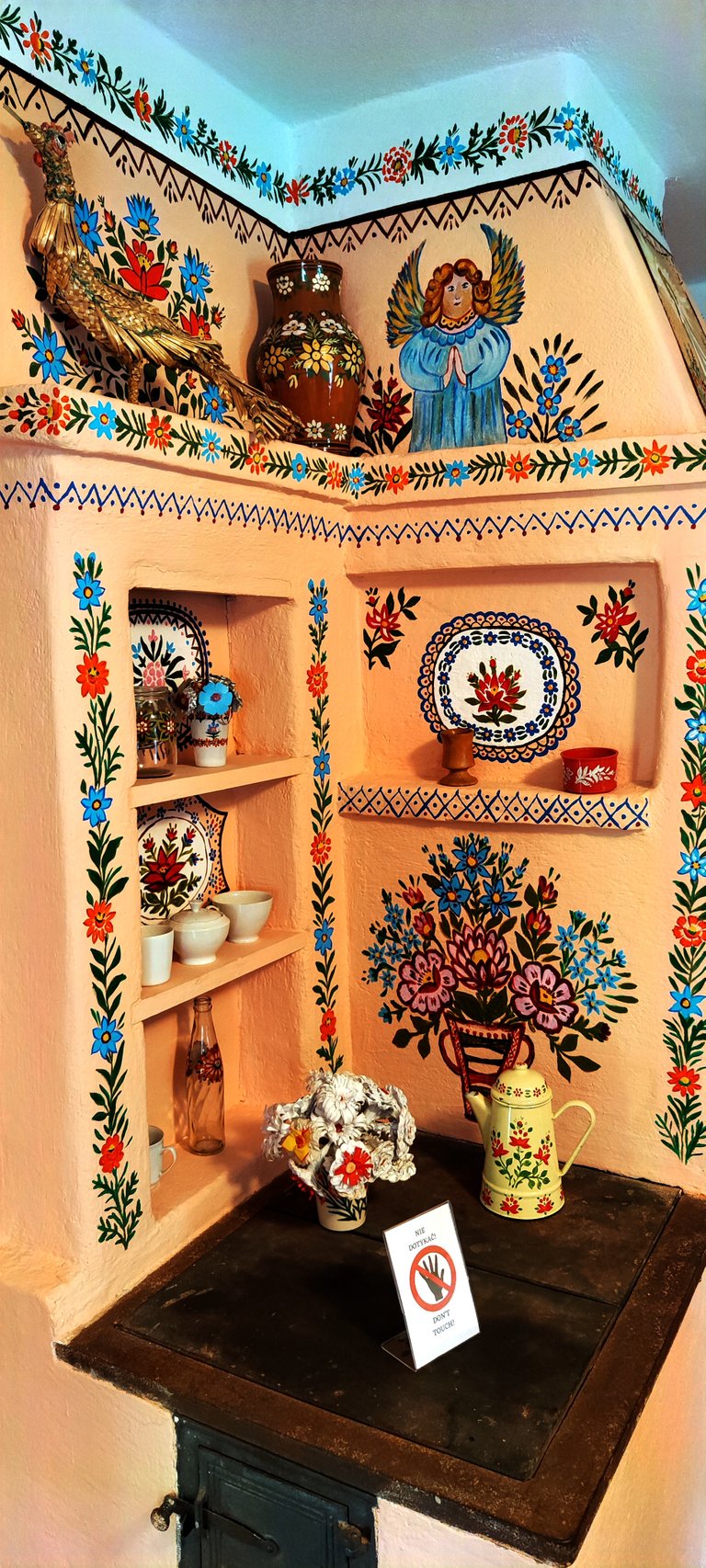
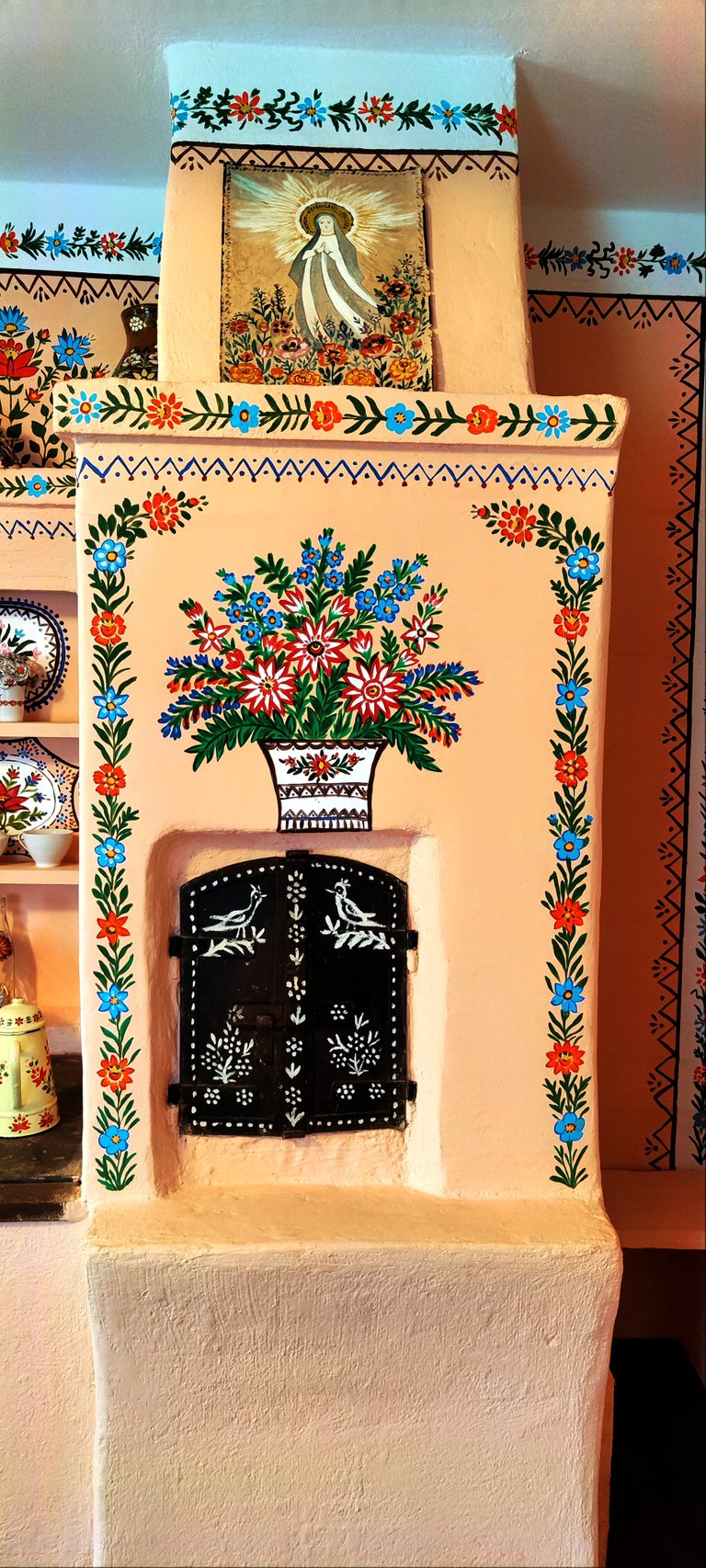

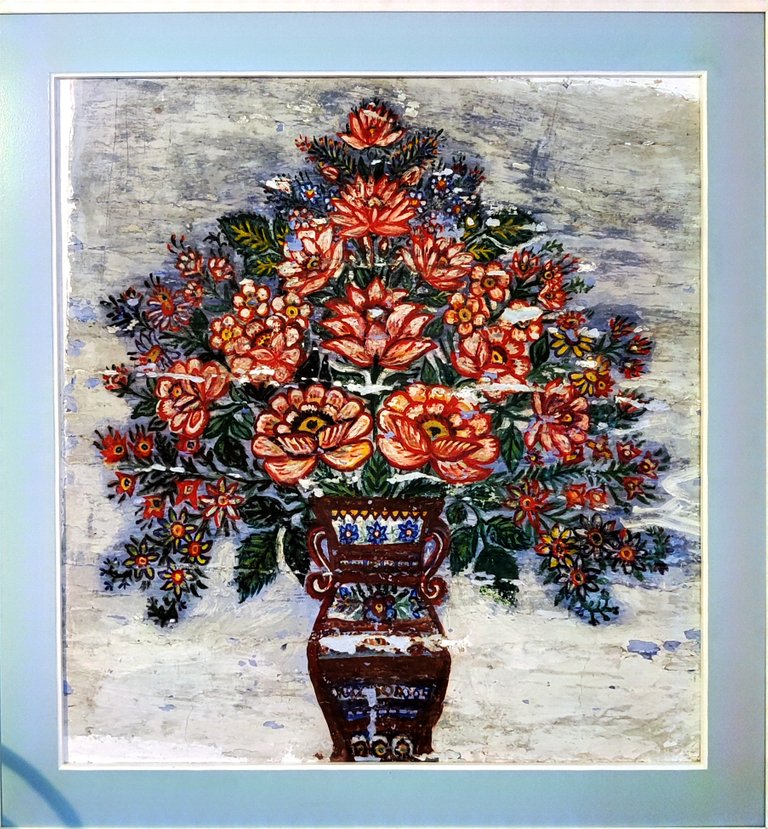
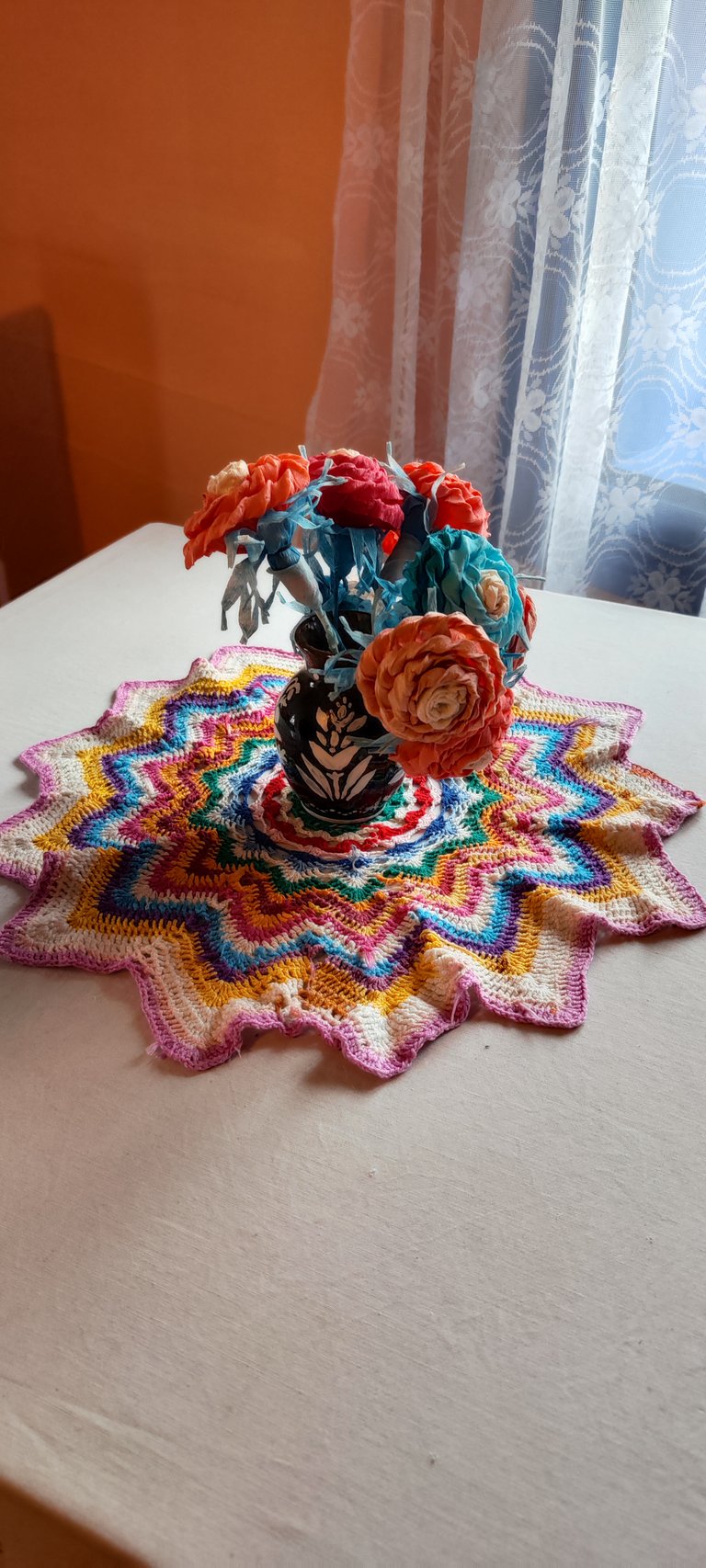

ENG:
On the wall hangs an eagle emblem of Poland made in 1925 by Felicia from pinecone shells sewn to the ground. Also notable are paintings of saints decorated with tissue paper flowers and a home altar before which the household prayed. Decorative spiders made of tissue paper and straw hang from the ceiling. On the bed, embroidered pillowcases draw attention. Entering the house through the vestibule, note the ceiling decorated with a black and white floral motif.
PL:
Na ścianie wisi orzeł godło Polski wykonane w roku 1925 przez Felicję z łusek szyszkowych przyszytych do podłoża. Uwagę zwracają również obrazy świętych ozdobione kwiatami z bibuły i ołtarzyk domowy przed, którym modlili się domownicy. Przy suficie wiszą ozdobne pająki wykonane z bibuły i słomy. Na łóżku uwagę zwracają haftowane poszewki na poduszki. Wchodząc do domu przez sień należy zwrócić uwagę na sufit ozdobiony czarno-białym motywem roślinnym.
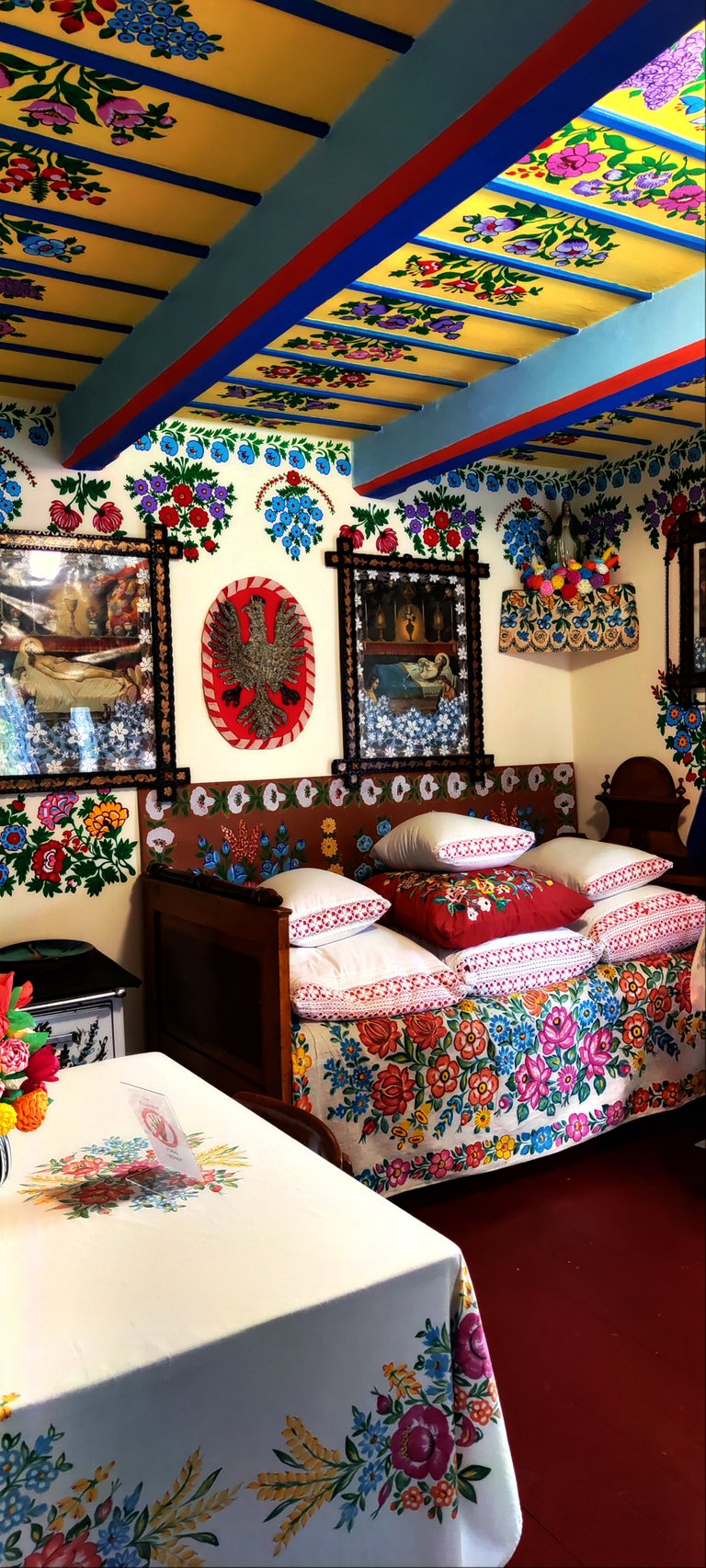
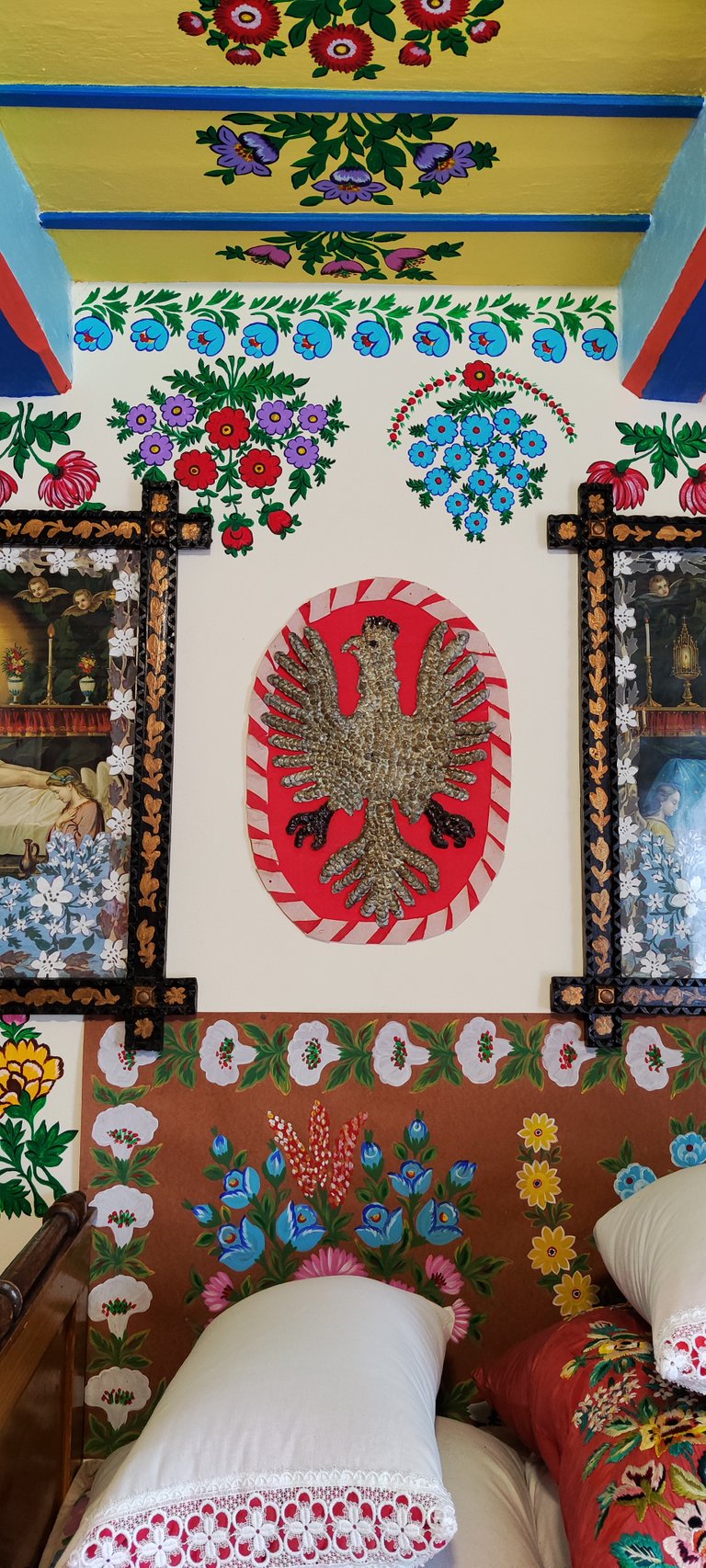
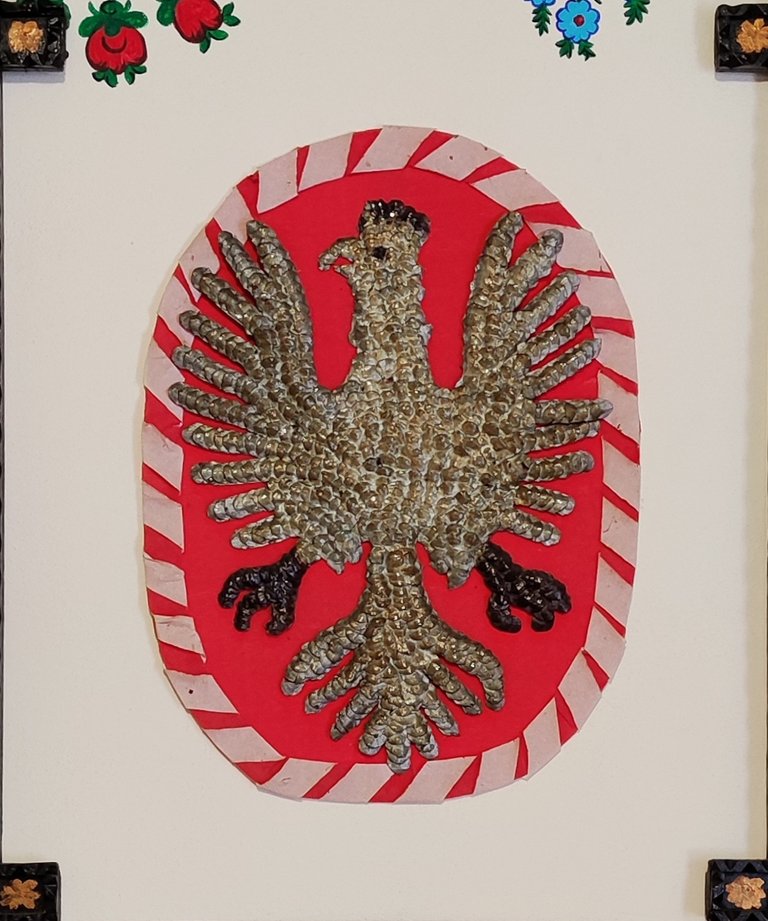
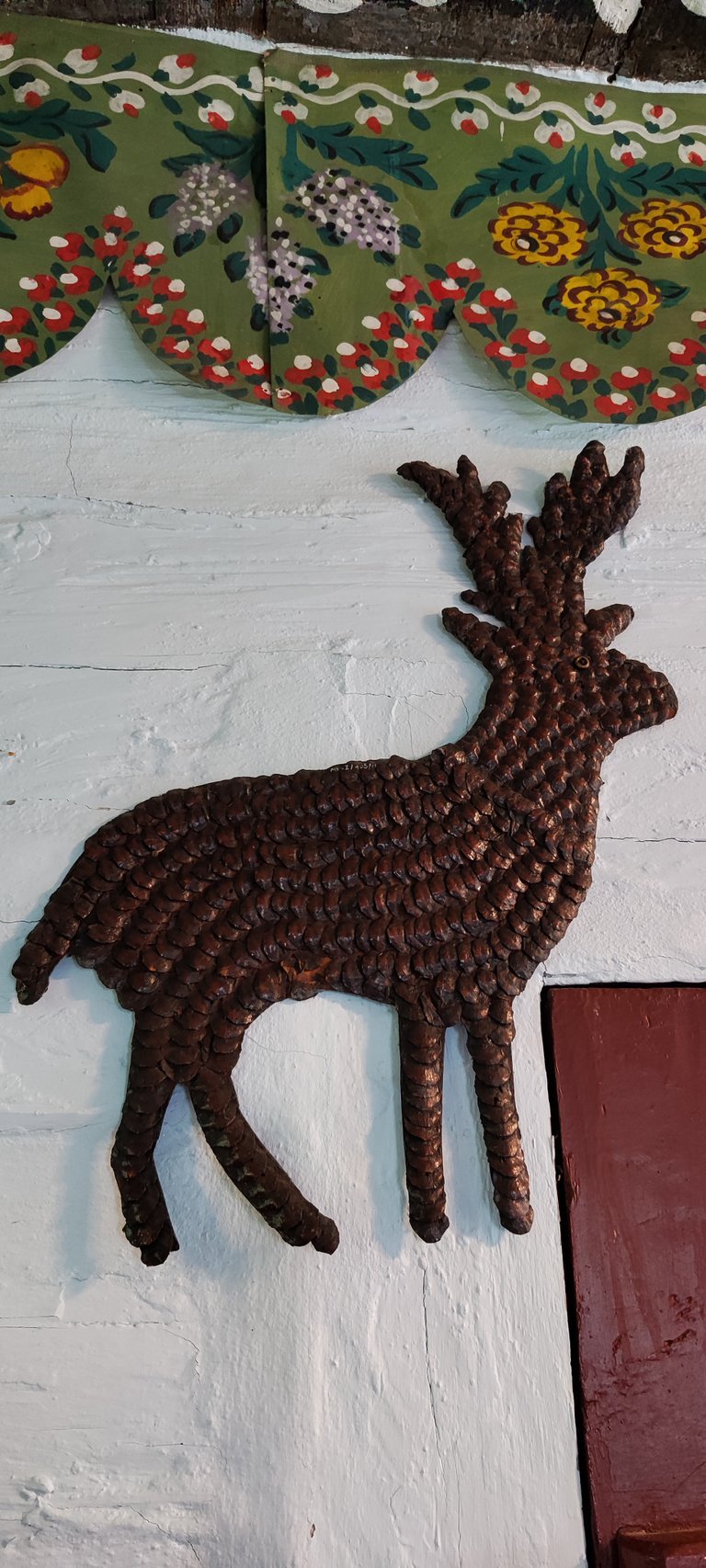
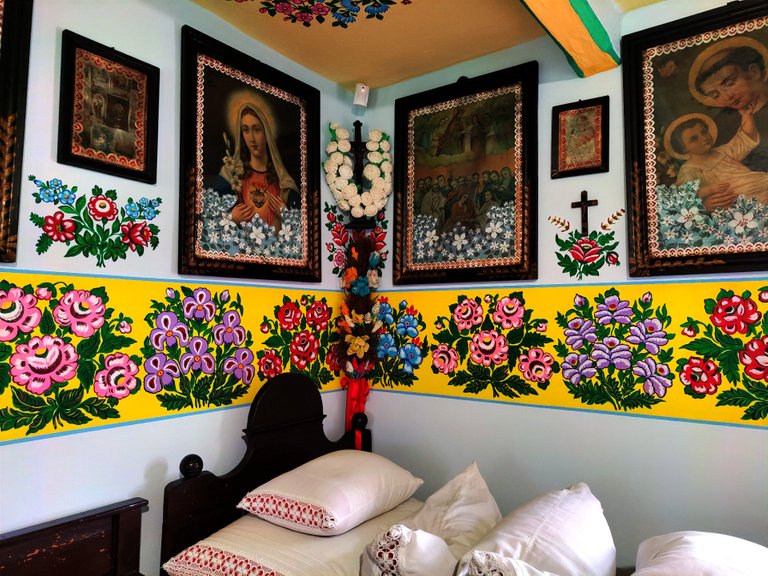


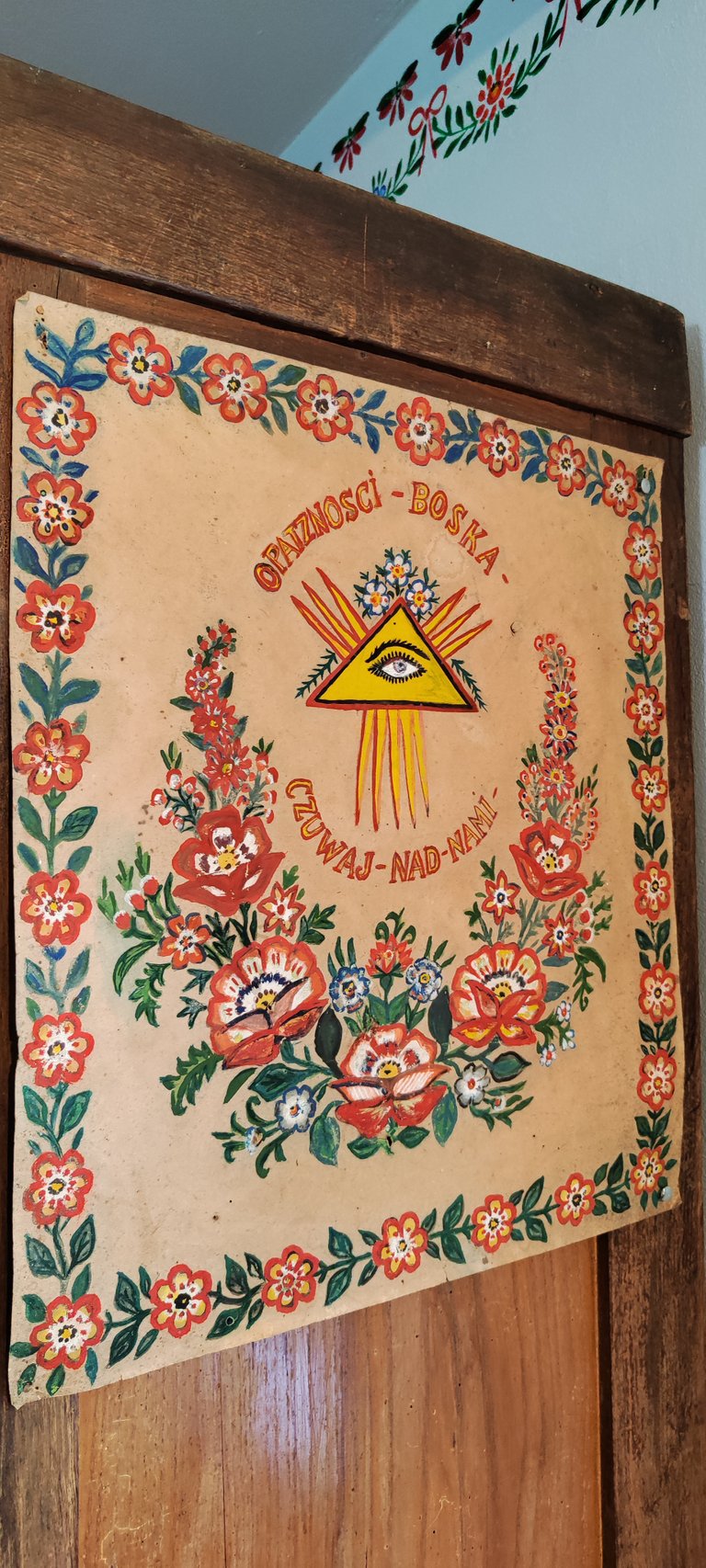

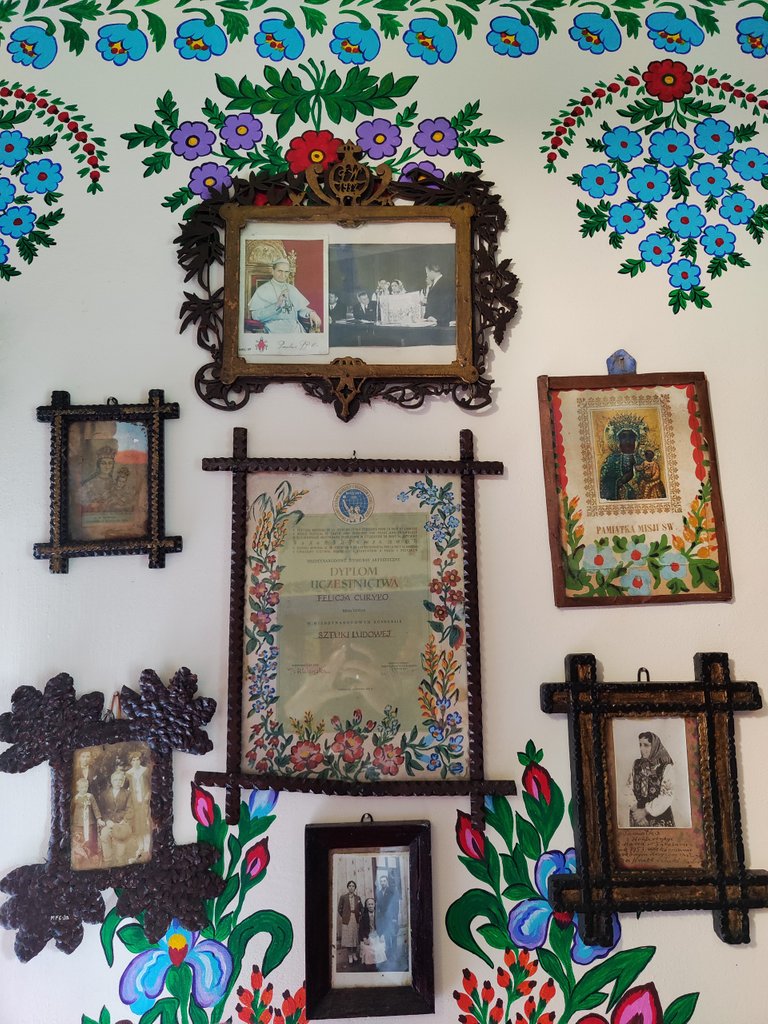
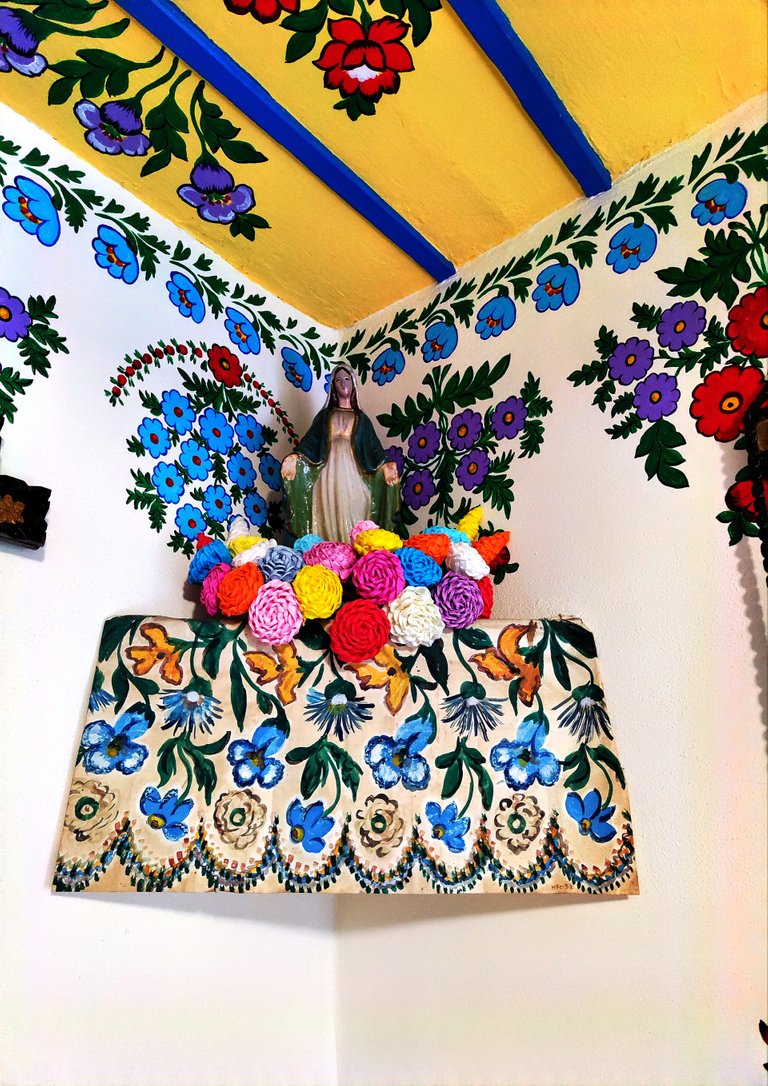

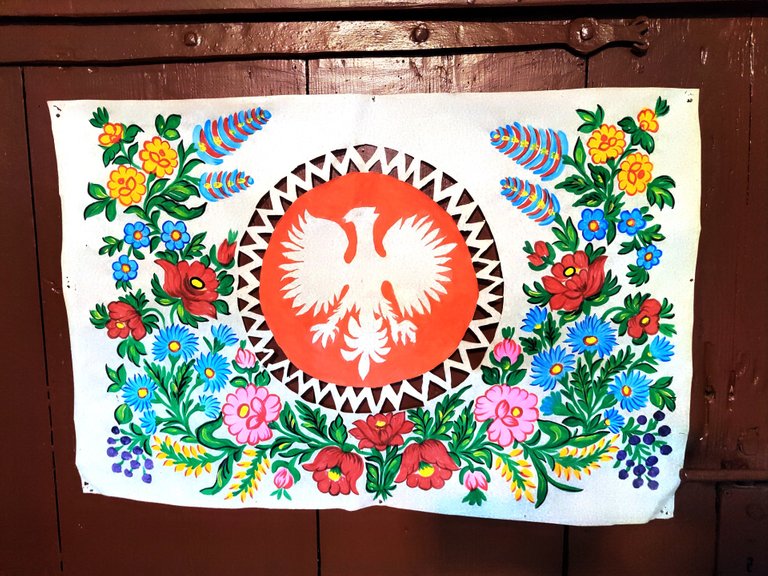
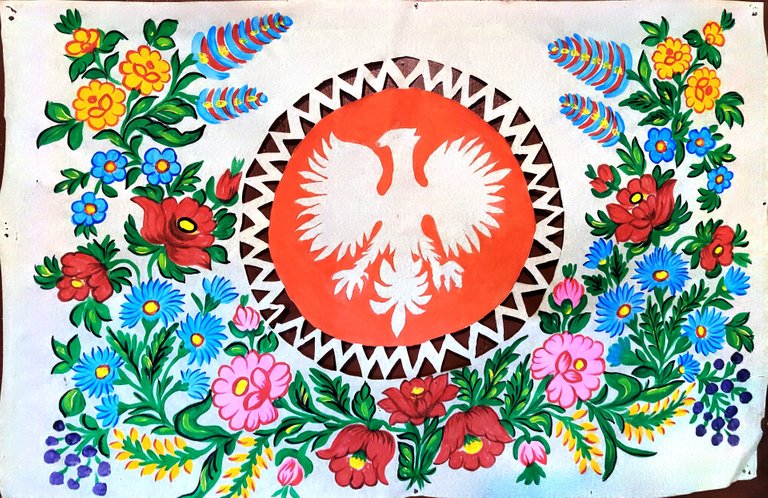

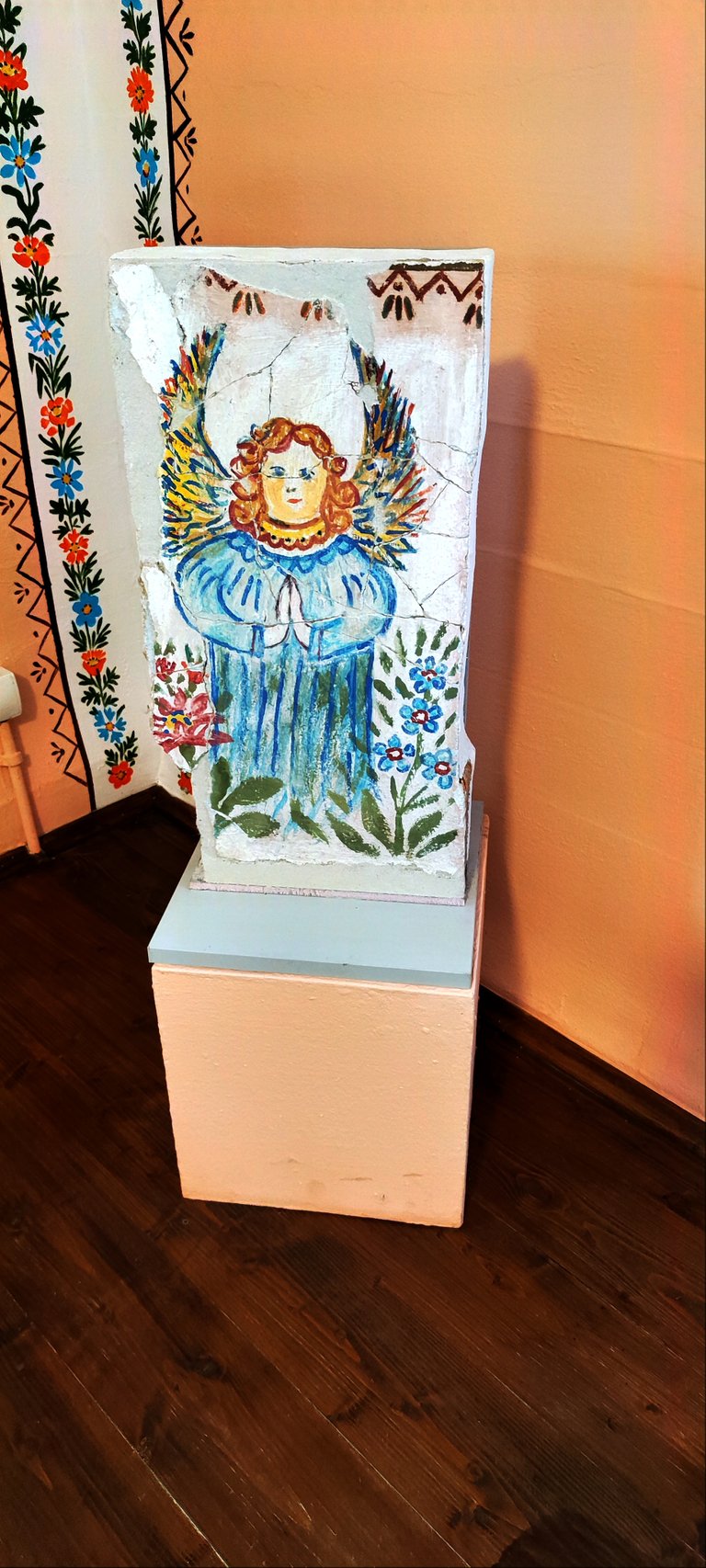
Thank you for reading!
Jak wygląda sprawa z tłokiem? Dużo ludzi się tam przewija? Miejsce wyglada niesamowicie chyba czas je odwiedzić. A i zapomniałem super post i przepiękne zdjęcia
Grupy zwiedzające są max 25 osobowe, każda z przewodnikiem. Według mnie 25 osób w jednej grupie to i tak by było za dużo bo miejsca w tych chatkach za wiele nie ma :). Ja wchodziłem z ostatnią grupą, godzinę przed zamknięciem muzeum to i tak było kilkanaście osób. Sądząc po ilości osób przebywających w okolicy muzeum, miejsce jest dosyć popularnie turystycznie. Z drugiej strony był to piątek więc może dlatego. Dzięki:) malowidła na żywo dają jeszcze lepszy efekt niż na zdjęciach, polecam zobaczyć na własne oczy.
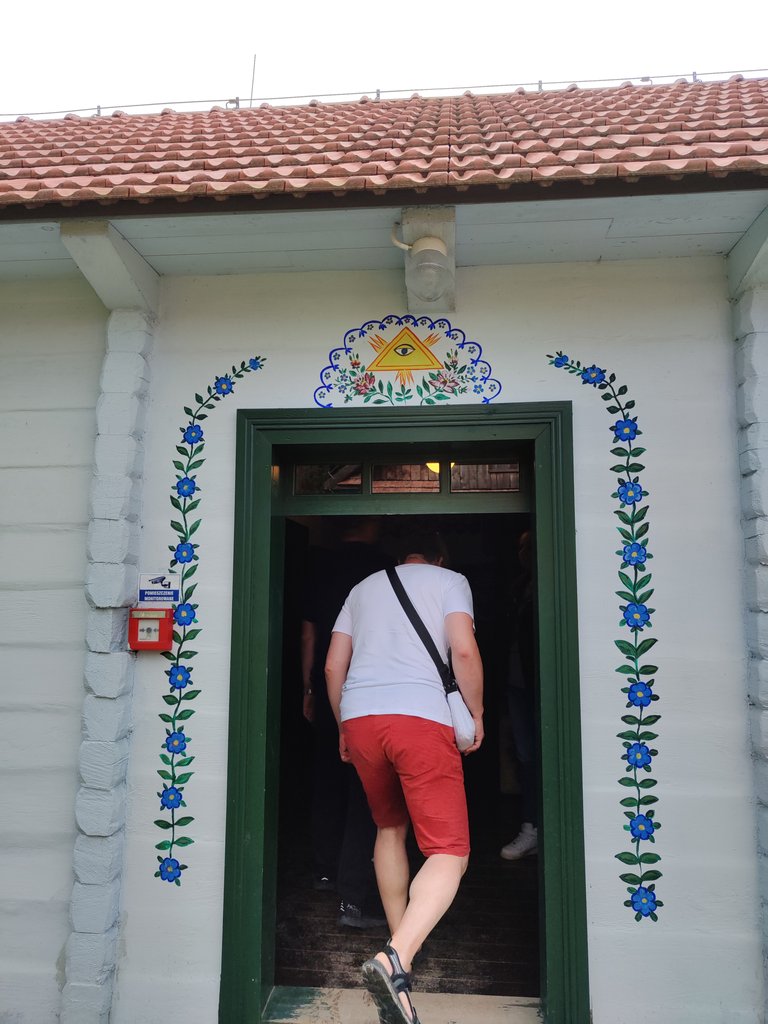
I love the colorfulness of all the ceramics, a good artist. 😄
Yes, it looks even more amazing in person 🙂
Congratulations, your post has been added to Pinmapple! 🎉🥳🍍
Did you know you have your own profile map?
And every post has their own map too!
Want to have your post on the map too?
That is some really beautiful work, that woman had some serious talent. She created an amazing work of art! How are you doing these days?